The new president was born third of seven boys in
Abilene Kansas, to a rigorously religious family, especially the
pacifist mother. From her, Eisenhower learned the love of history
(though personally, military history in particular). After graduation
from high school he worked two years to help finance a brother’s
college education, then applied to (with sponsorship by Kansas's U.S.
Senator Bristow) and – to the grand disappointment of his mother – was
accepted to the West Point Military Academy, which offered a free
education. He played on the Academy’s football team, until a knee
injury ended his football playing. But he continued to engage in other
sports and eventually served as a junior varsity football coach at the
Academy. In 1915 he graduated in the middle ranks academically of his
class, a class however that would go on (because of the Great War) to
provide the nation a large number of active officers.
Stationed in Texas after graduation, the
following year (1916) he met and married Mamie Doud, moving to do so
quickly in anticipation of American involvement in the Great War. But
as things turned out he would see no action in the war, and instead was
assigned to various American camps to lead in soldier training. Here he
developed excellent organizational skills, ones that would be called on
later to serve the country. Understandably, he found himself deeply
frustrated when just as he was finally about to be mobilized for action
in France, the Armistice was signed and the fighting in Europe came to
a close.
With the long period of peace that
followed, he took up both further military study and service as a staff
officer in a variety of commands, before being sent to the Philippines
in 1935 to serve under General MacArthur, and the following year
receive the rank of Lieutenant Colonel. He returned to the States at
the end of 1939 where he again served as a staff officer to various
generals, finally attaining the rank of brigadier general in 1941, just
prior to America's involvement in World War Two. Thus far, however,
there was nothing notable about his service that suggested he would one
day find himself commanding the most important and final phase of a war
in Europe.
With America’s entry into that war, he
was first assigned duties with the General Staff in Washington helping
in the planning of American operations in the Pacific. This brought him
to the notice of Army Chief of Staff General George Marshall, who was
greatly impressed by Eisenhower’s strategic mind and his ability to
move things forward in the midst of personality clashes among some of
the Allies’ major military commanders. In mid-1942, Eisenhower was sent
to London to take command of the European Theater of Operations, and
there as Lieutenant General, was given the command of the Allied
Expeditionary Force operating in North Africa (Operation Torch). He
then led Allied operations in Sicily, and after that in Italy itself,
gaining considerable experience in combat command.
By 1944 the Allies were ready to
undertake the attack against Germany, across the English Channel to
France and into Germany itself. Commanding such a massive operation,
and finding success in this last phase of the European war, was
destined to make whoever commanded the operation a major war hero, the
kind whom Americans might look to someday to become the nation’s
president. As we have already noted, Marshall put forward Eisenhower’s
name rather than his own. So it was that Eisenhower received the
appointment, and thus the fame that would follow.
It was also a correct decision because
Eisenhower, amidst a field of military prima donnas (especially
Montgomery, Patton and De Gaulle) was able to keep his attention
focused on winning the war – and keeping these often antagonistic prima
donnas working together – and not just securing a place for himself in
the history books as a battlefield hero. Also, he was quite able to
work easily with General Zhukov, commanding the Soviet Army coming at
Germany from the Russian East.
After the war Eisenhower was named Truman's Army Chief of Staff in
replacement of Marshall, who had been sent to China to try to bring a
reconciliation between the Chinese leaders Chiang Kai-shek and Mao
Tse-Tung (as they were spelled at the time). At first Eisenhower took a
more optimistic view about post-war cooperation with the Soviets than
did his boss, Truman. But by 1947 he too understood the importance of
the policy of containment of Communism.
In 1948 efforts were made by many (both
Democrats and Republicans) to run him as their party's presidential
candidate, but Eisenhower refused. Anyway, given the post-war mood of
the country, it was expected that New York Governor Dewey, running as a
Republican, would win the presidency. In any case, that same year
Eisenhower was hired by Columbia University in New York City to serve
as university president, a strange relationship considering the vast
difference in mentalities that existed between the scholarly and quite
idealistic professors and the quite pragmatic – and deeply religious –
Eisenhower. Tensions would result.
But Eisenhower was much more the scholar
– or at least man of well-thought- through ideals – than the country
understood about him at the time. He was very active on the prestigious
Council on Foreign Relations and a founder of the American Assembly, an
organization designed to bring together leaders from all walks of
American life to go over a broad range of political, economic and social
issues facing the country. Here Eisenhower developed from a starting
point of deep knowledge of military strategy and organization a quite
sophisticated understanding of the broader world of business,
economics, and social-cultural matters. Actually, Eisenhower was vastly
much brighter than his Columbia University professors (many of whom
disliked Eisenhower intensely) portrayed him before the public, and was
learning to cultivate excellent working relations with American
business leaders (whom liberal professors also tended to distrust).
In 1950 he was appointed Supreme
Commander of the North Atlantic Treaty Organization (nonetheless
retaining his position at Columbia until sworn in as U.S. president in
January of 1953). This was an important appointment because Eisenhower
could generate stronger support in Congress for this peacetime
organization and its operations than could Truman, and at the same time
could leverage America's European allies to make a deeper material
commitment (men and money) so as not to make NATO a strictly American
operation.
As a Christian, Eisenhower would prove to
be one of the most active of all individuals to occupy the White House
in support of the Christian faith and its central role in the life of
the nation. He did not come to the White House with much of a Christian
testimony and was not even baptized until once in office. However, as
president he took up regular Sunday attendance at the New York Avenue
Presbyterian Church. And also as president, Eisenhower constantly
reaffirmed the importance of all Americans taking up their particular
Christian responsibilities (including prayer and regular church
attendance) as the nation faced social problems at home and political
and economic problems abroad. To Eisenhower’s understanding of things,
God himself expected no less of America. And Americans seemed glad to
take up this very challenge.
Indeed, it would be during his presidency
that the words "under God" would be added to the Pledge of Allegiance
in 1954, and "In God We Trust" would be confirmed as the nation’s motto
in 1956.3

 Tensions between "Middle America" and "Intellectual America" heighten
Tensions between "Middle America" and "Intellectual America" heighten Eisenhower takes command
Eisenhower takes command McCarthy is finally brought down
McCarthy is finally brought down Middle America settles in ... quite spectacularly!
Middle America settles in ... quite spectacularly! But a youth culture quite distinct from Middle America is developing
But a youth culture quite distinct from Middle America is developing And the Vets have their own particular form of Idealism
And the Vets have their own particular form of Idealism  The "Silent" or in-between generation
The "Silent" or in-between generation Tragically, Black America does not share Middle America's culture
Tragically, Black America does not share Middle America's culture Happily, it's also a time for some "firsts"
Happily, it's also a time for some "firsts"






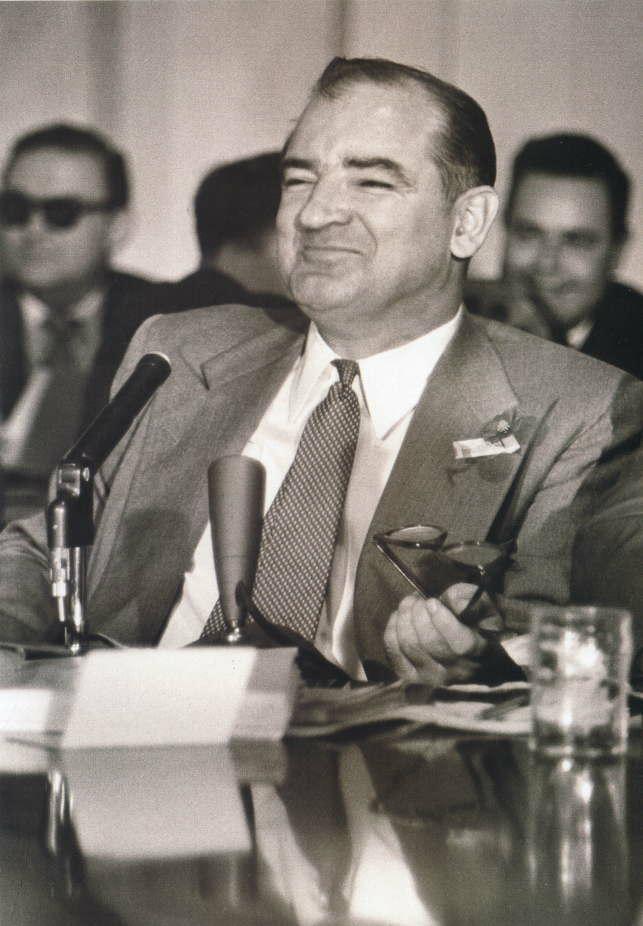
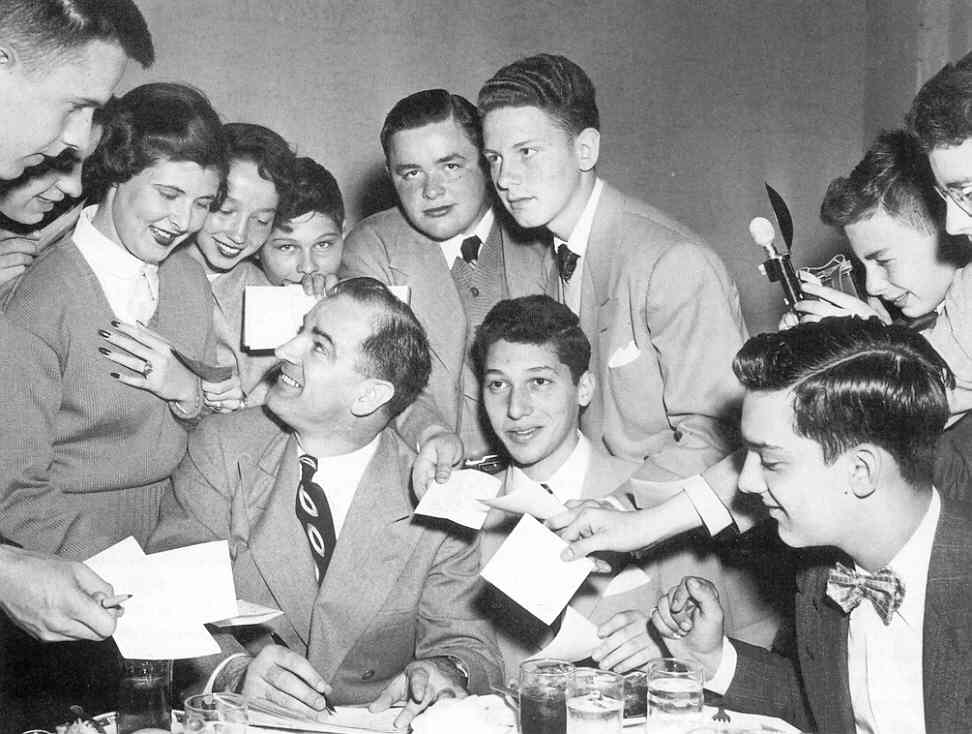
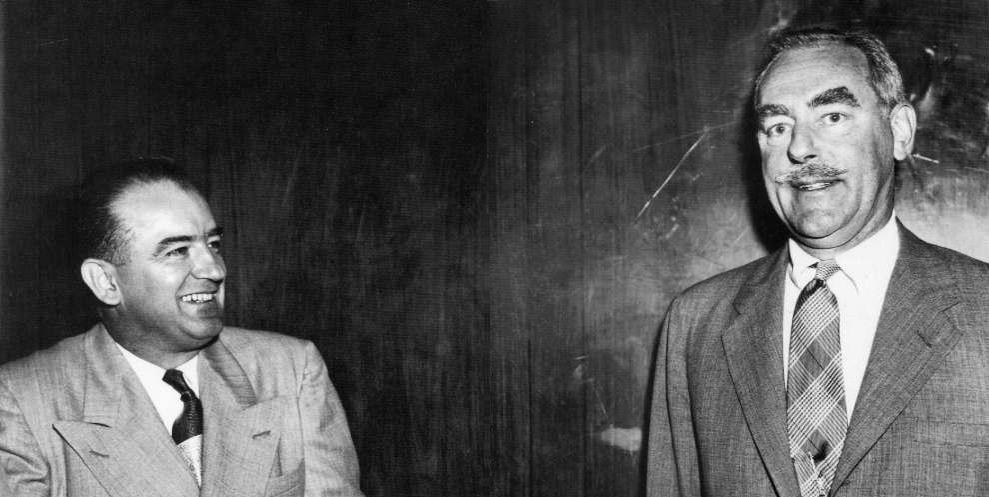
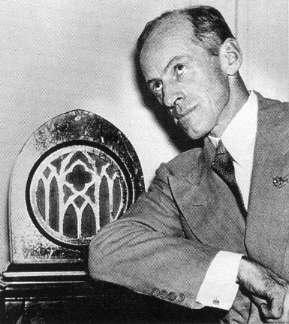
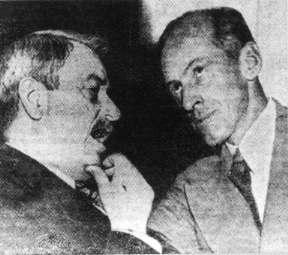
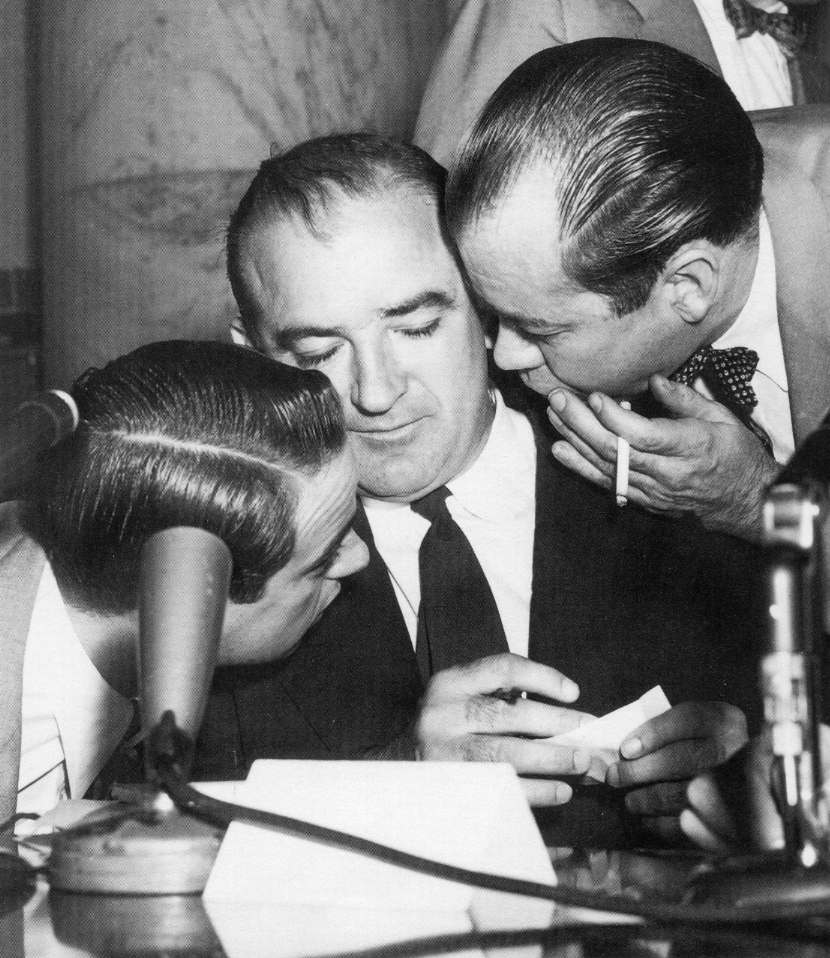
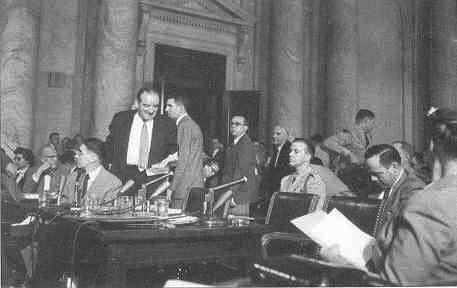
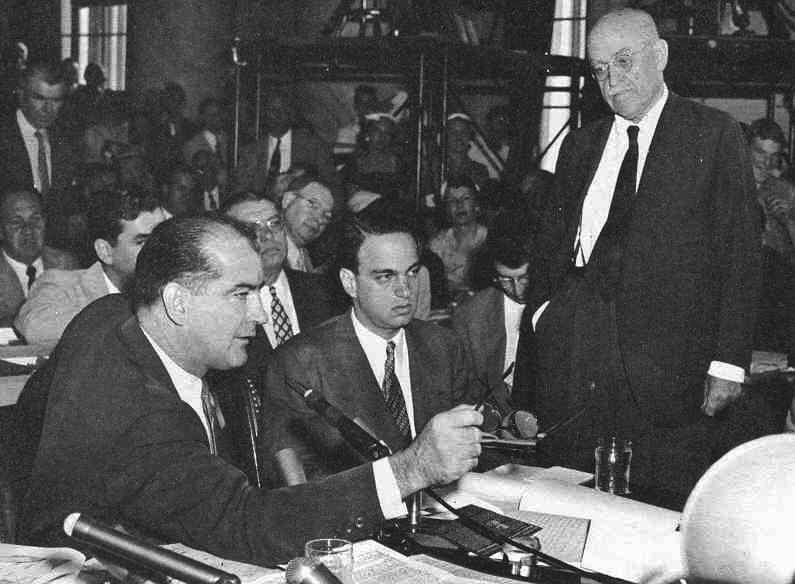
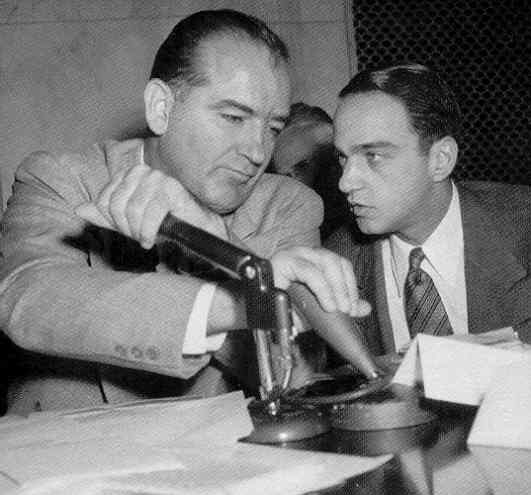
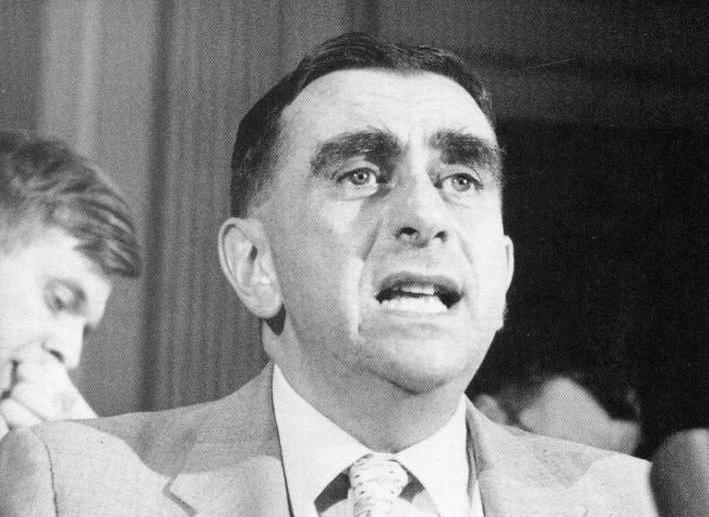
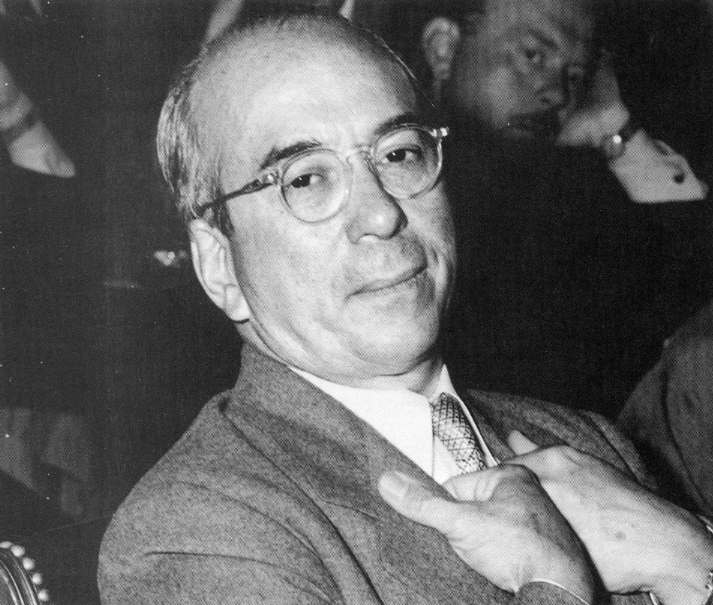
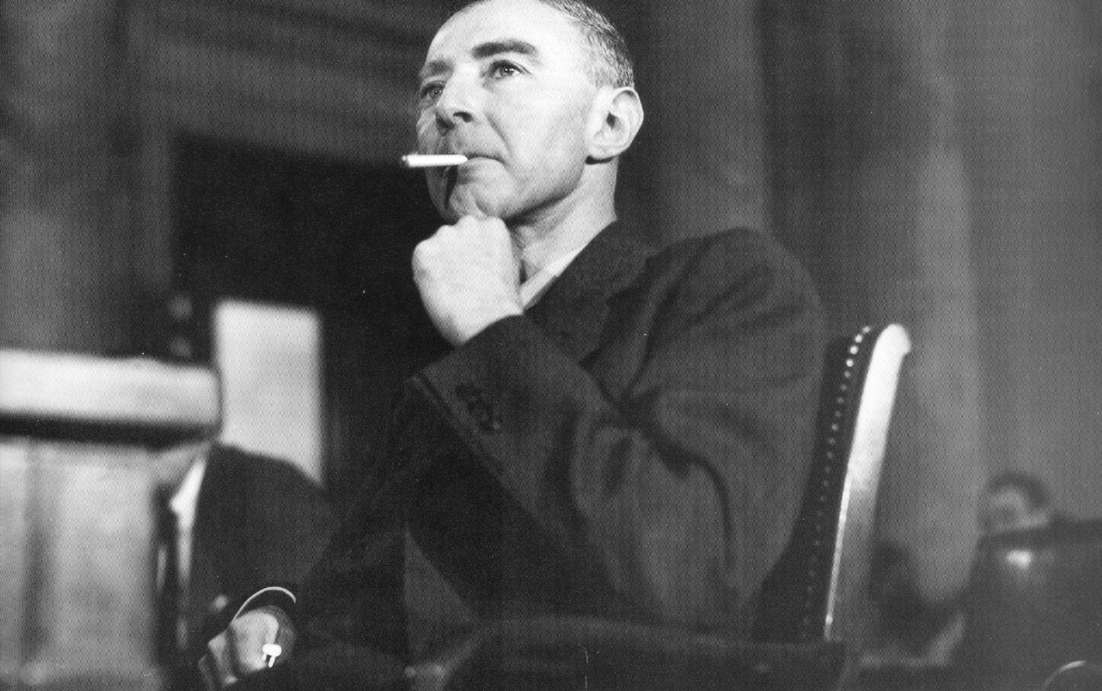
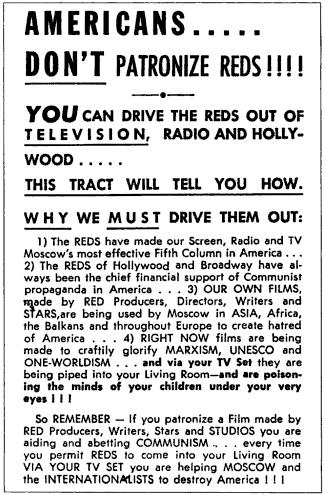
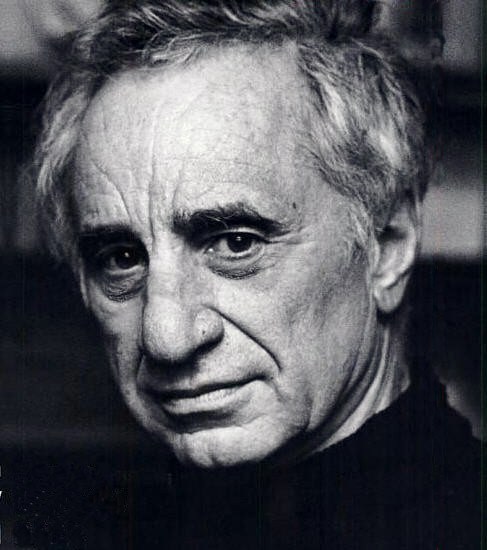
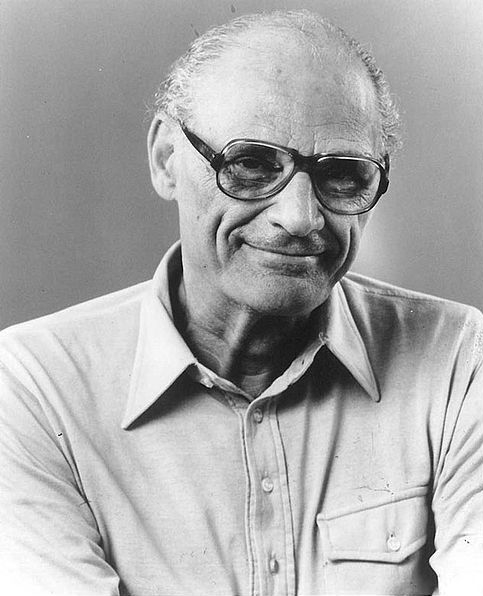
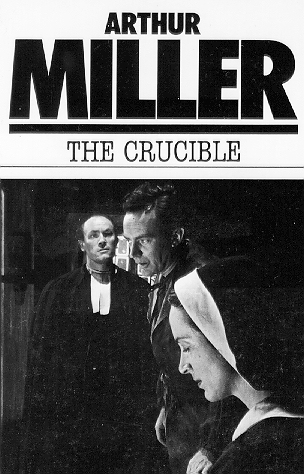
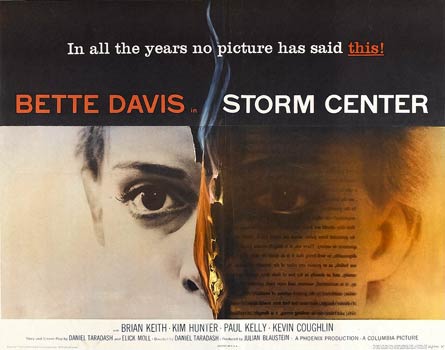
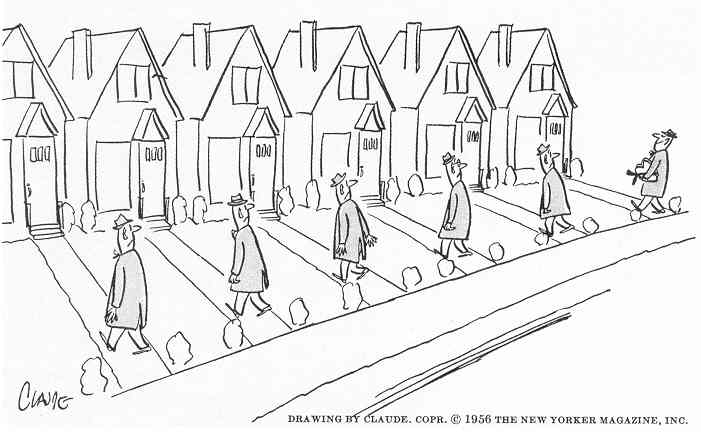

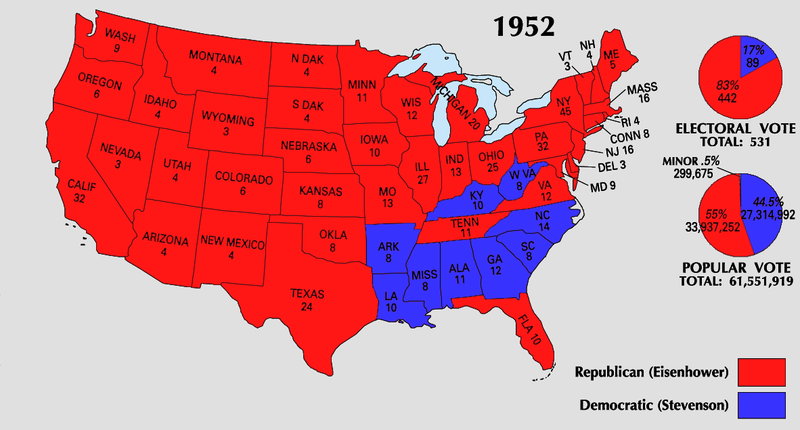
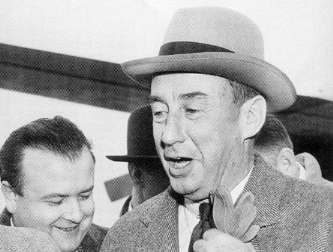
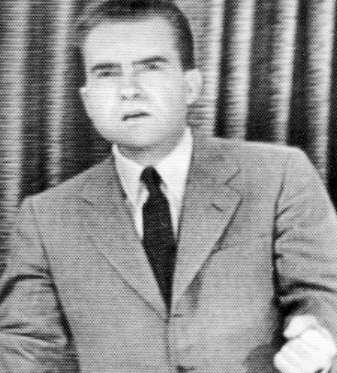
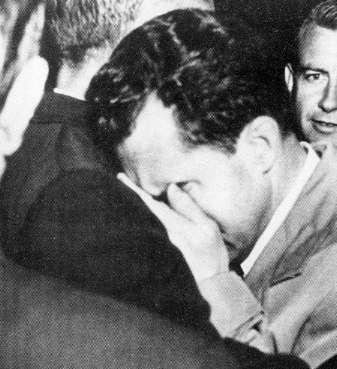
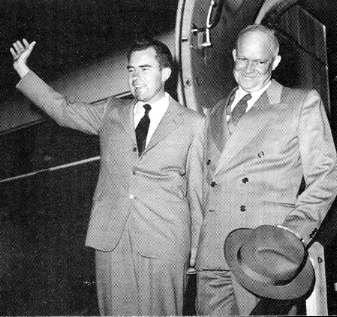
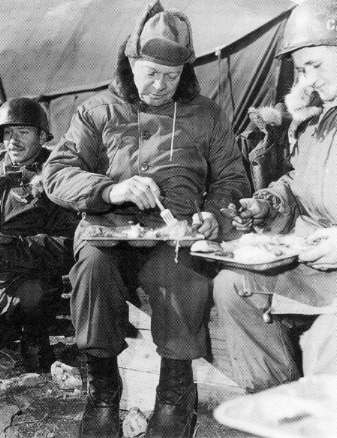
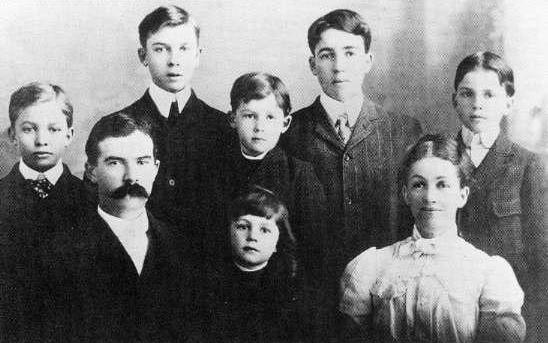
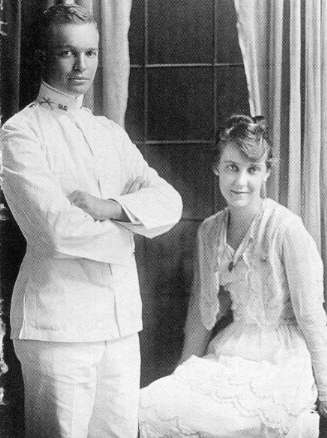
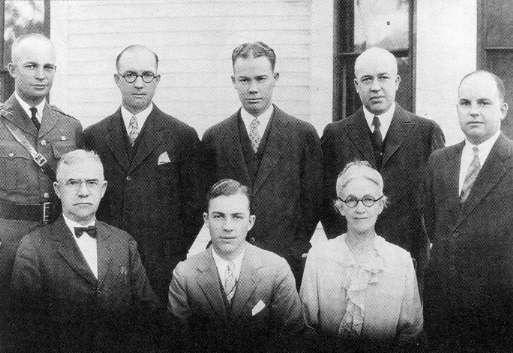
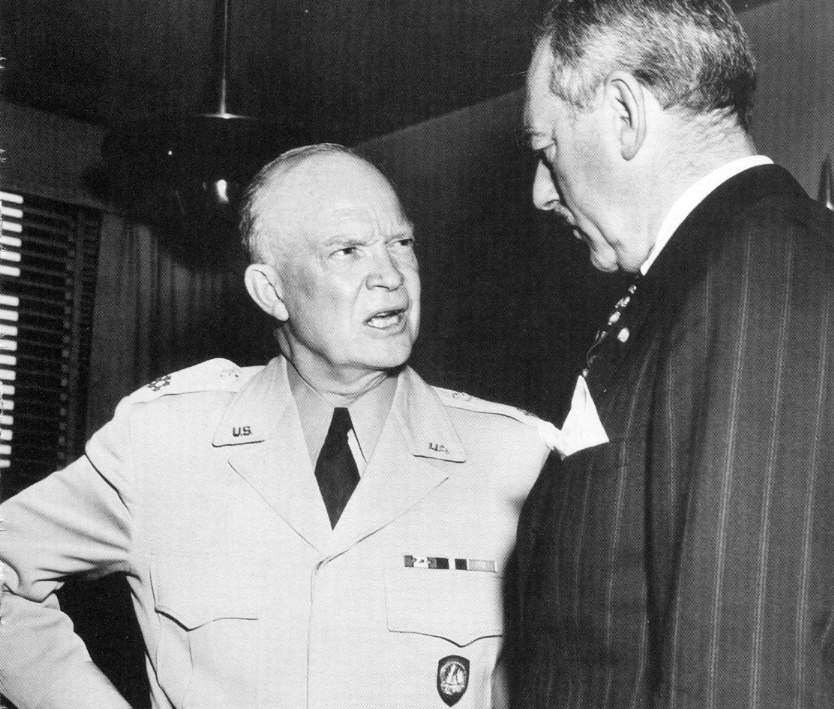
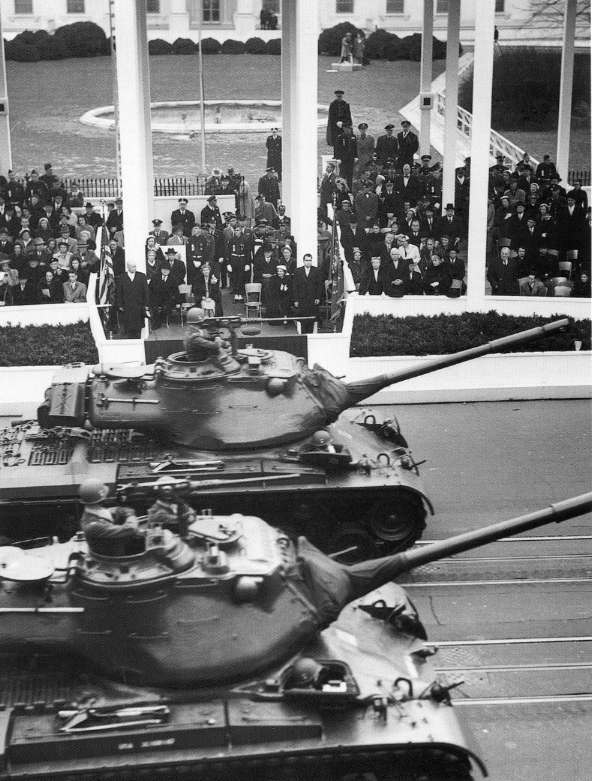
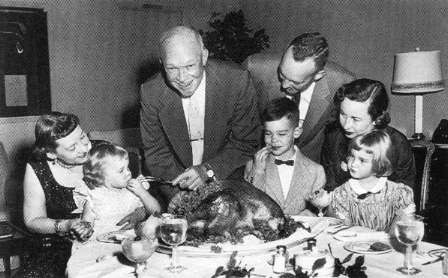
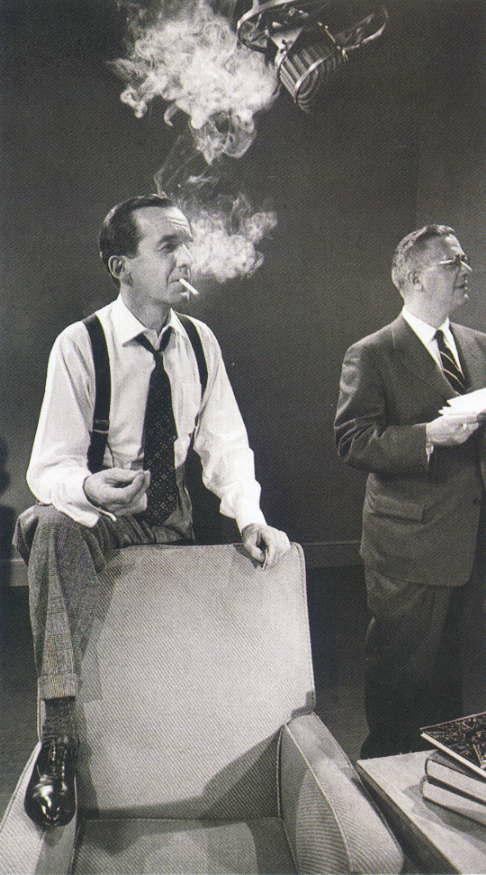
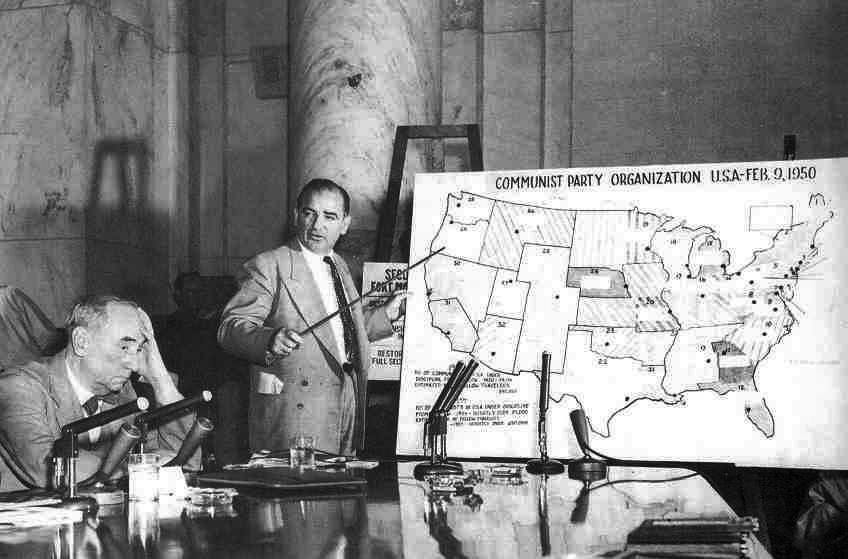
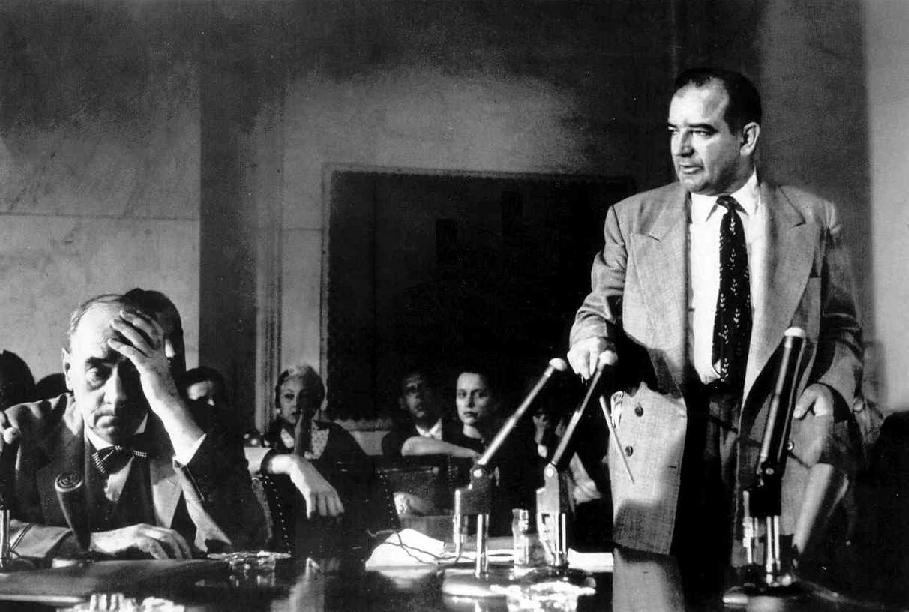
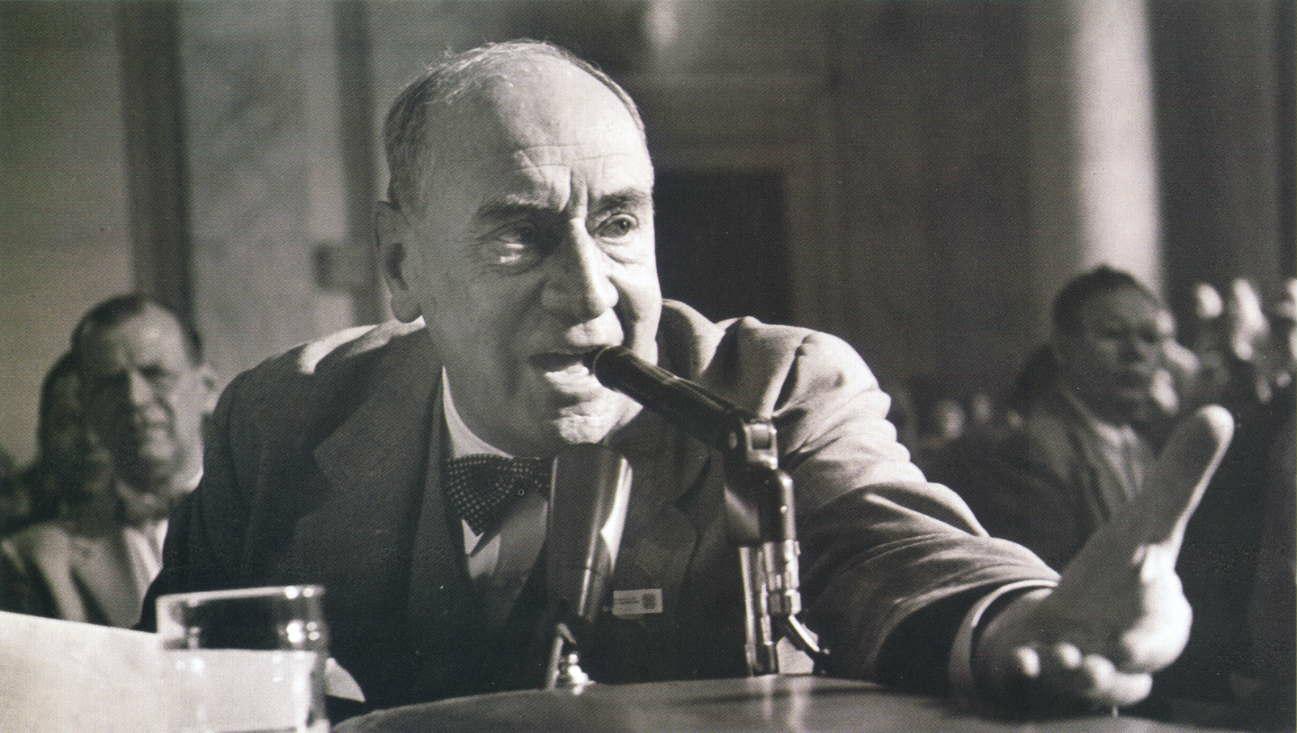
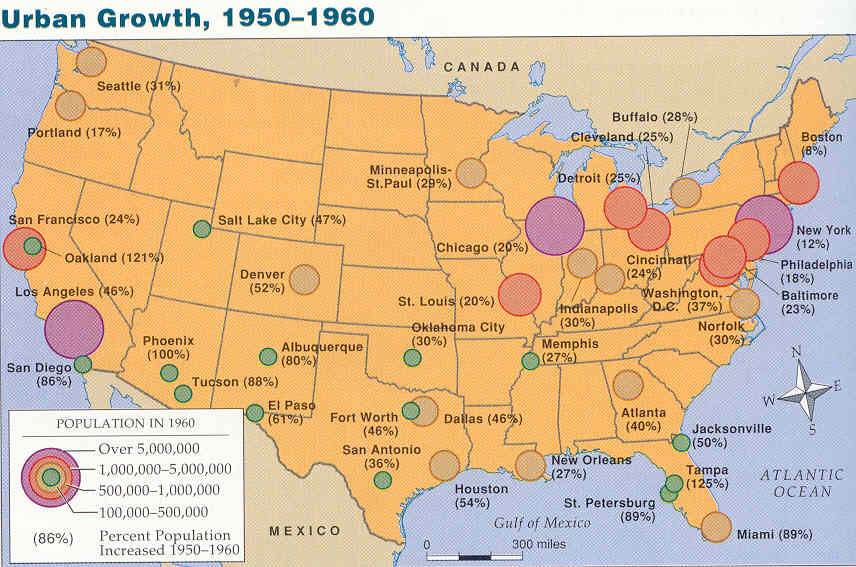
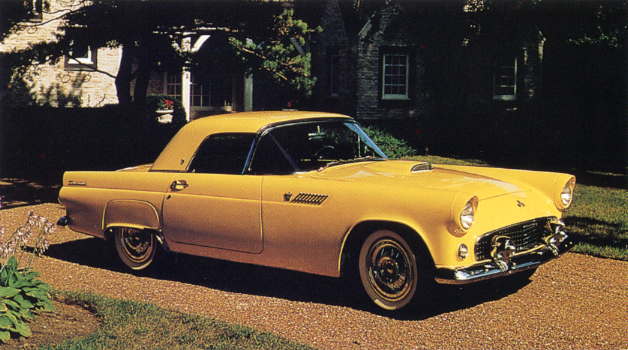

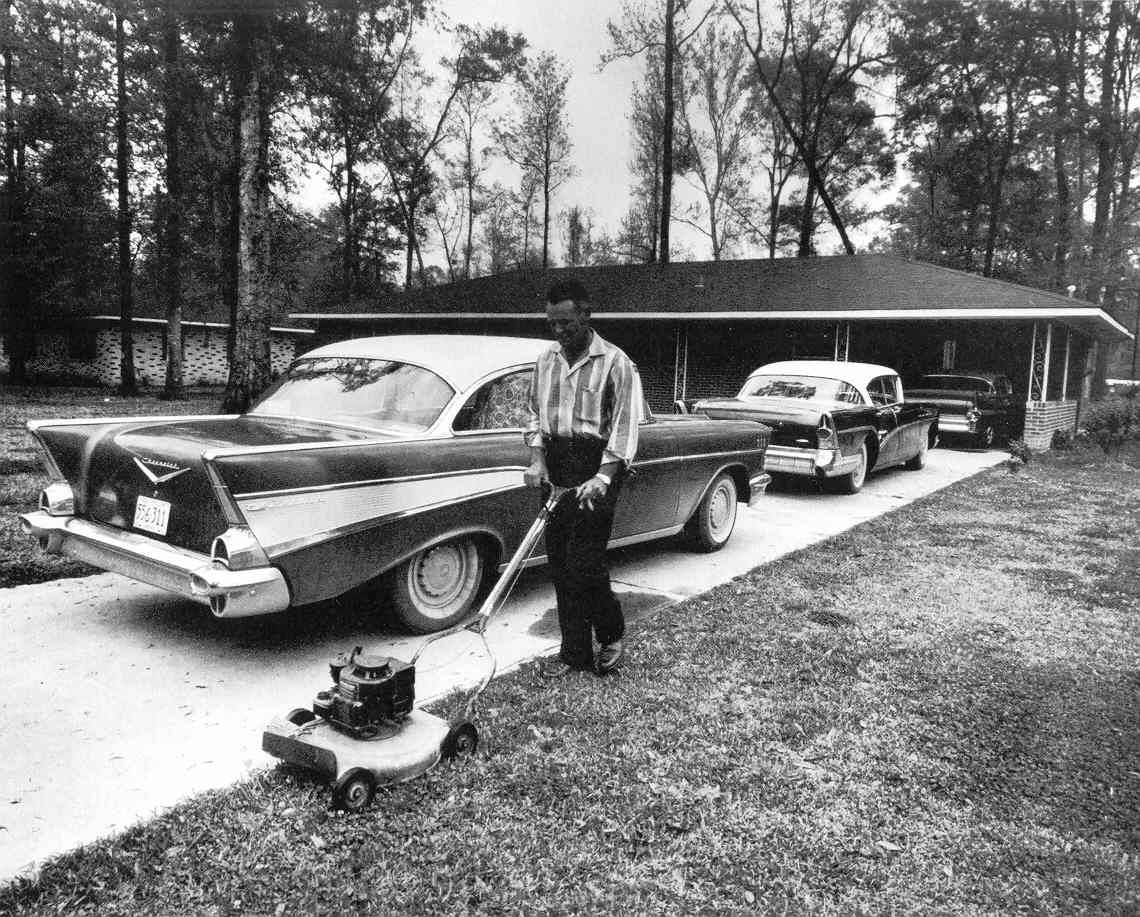
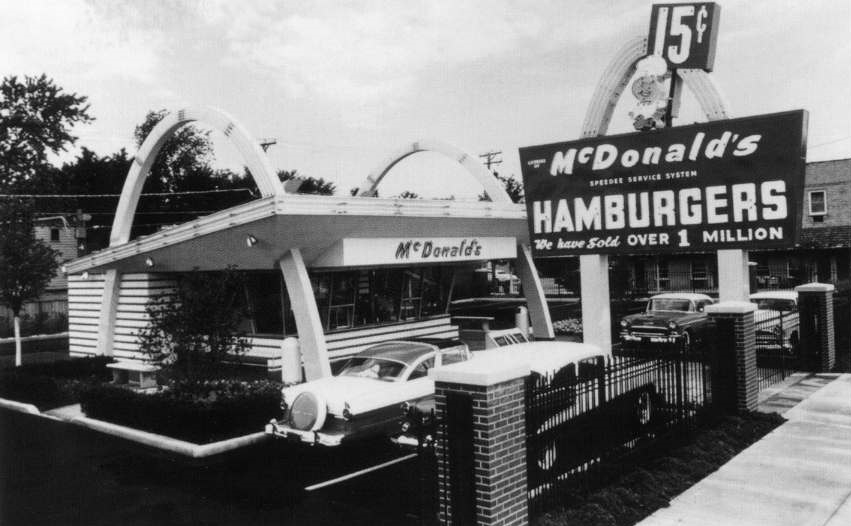
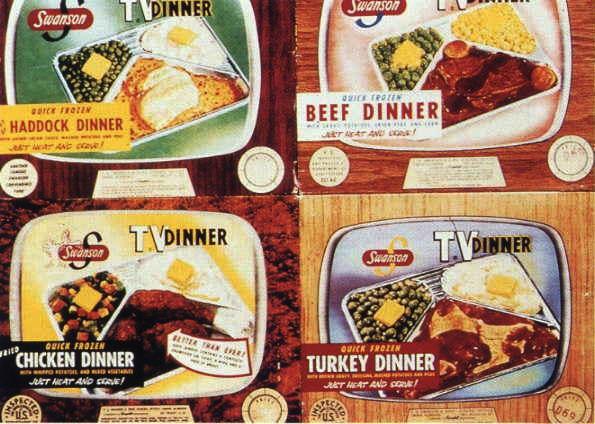
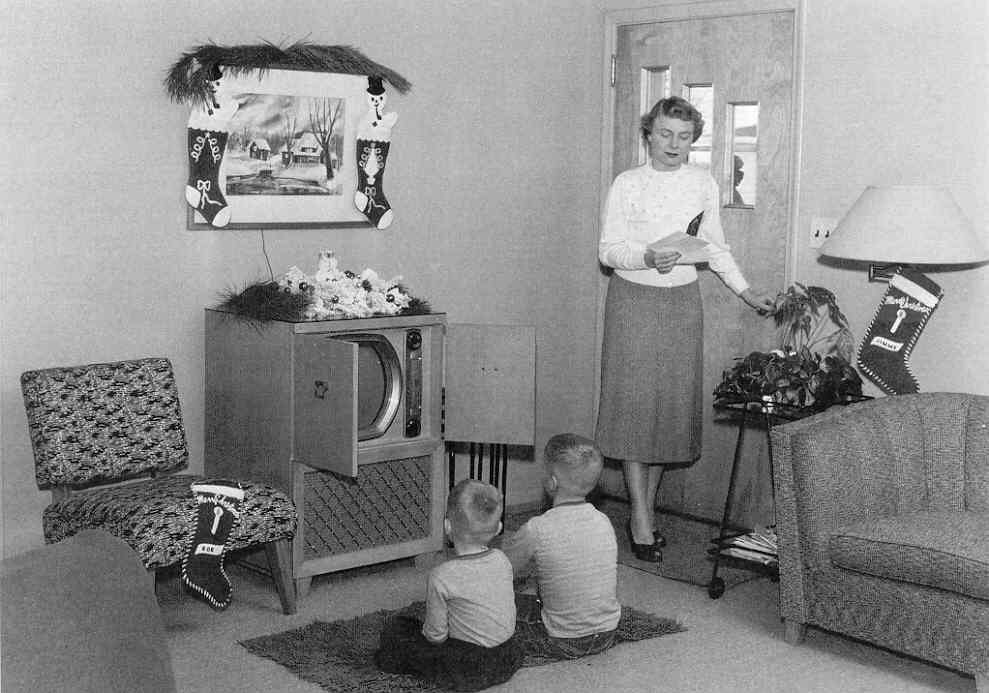


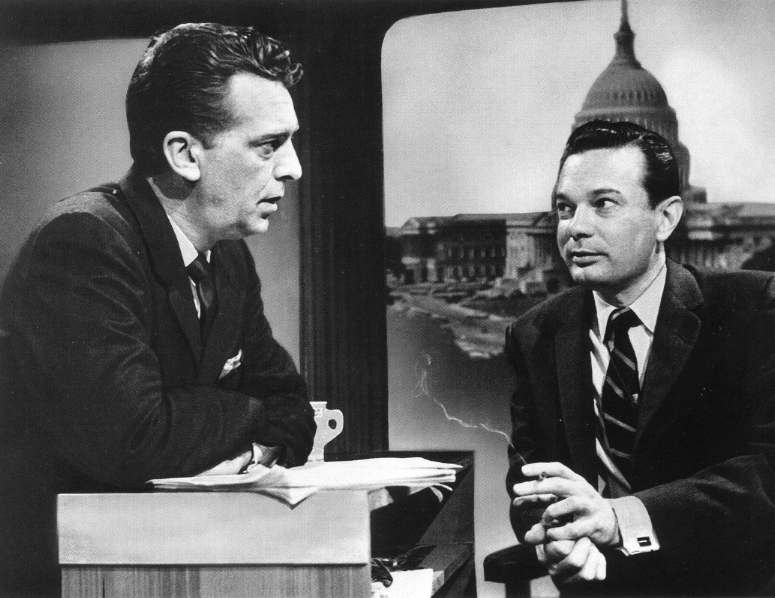
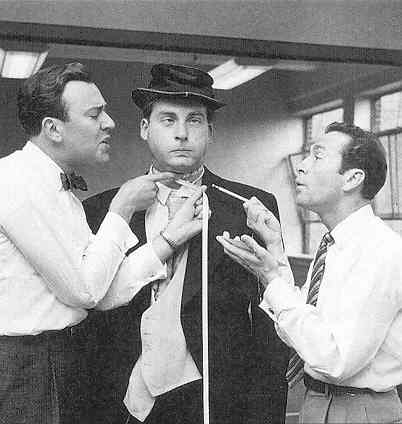
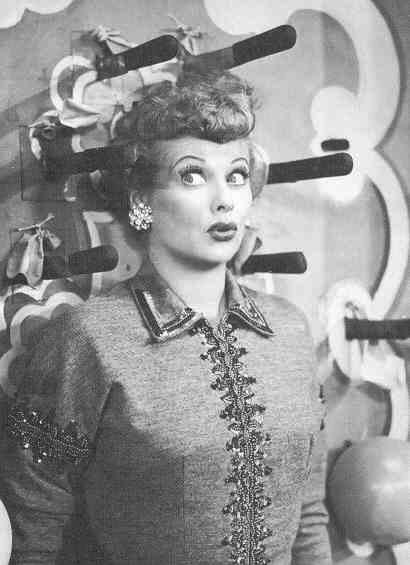
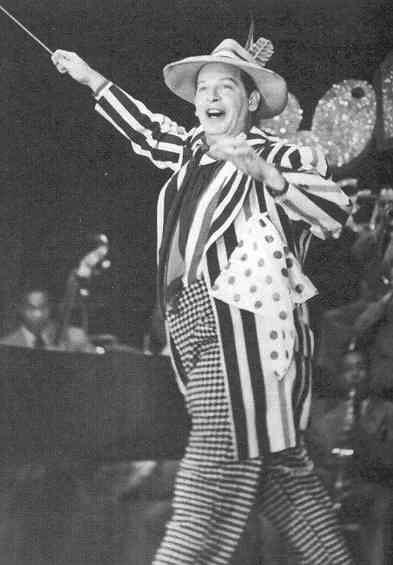
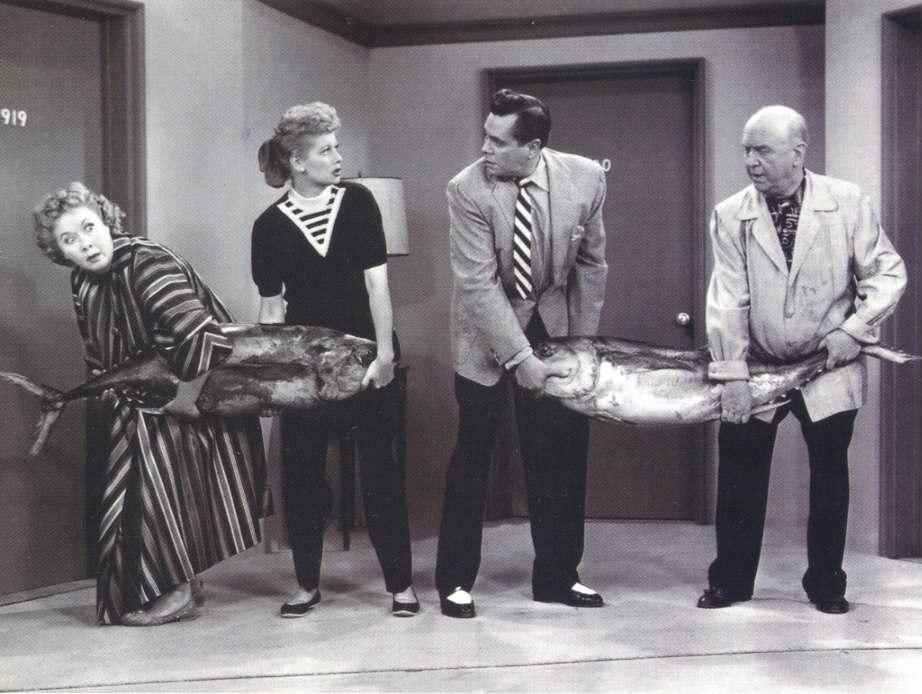
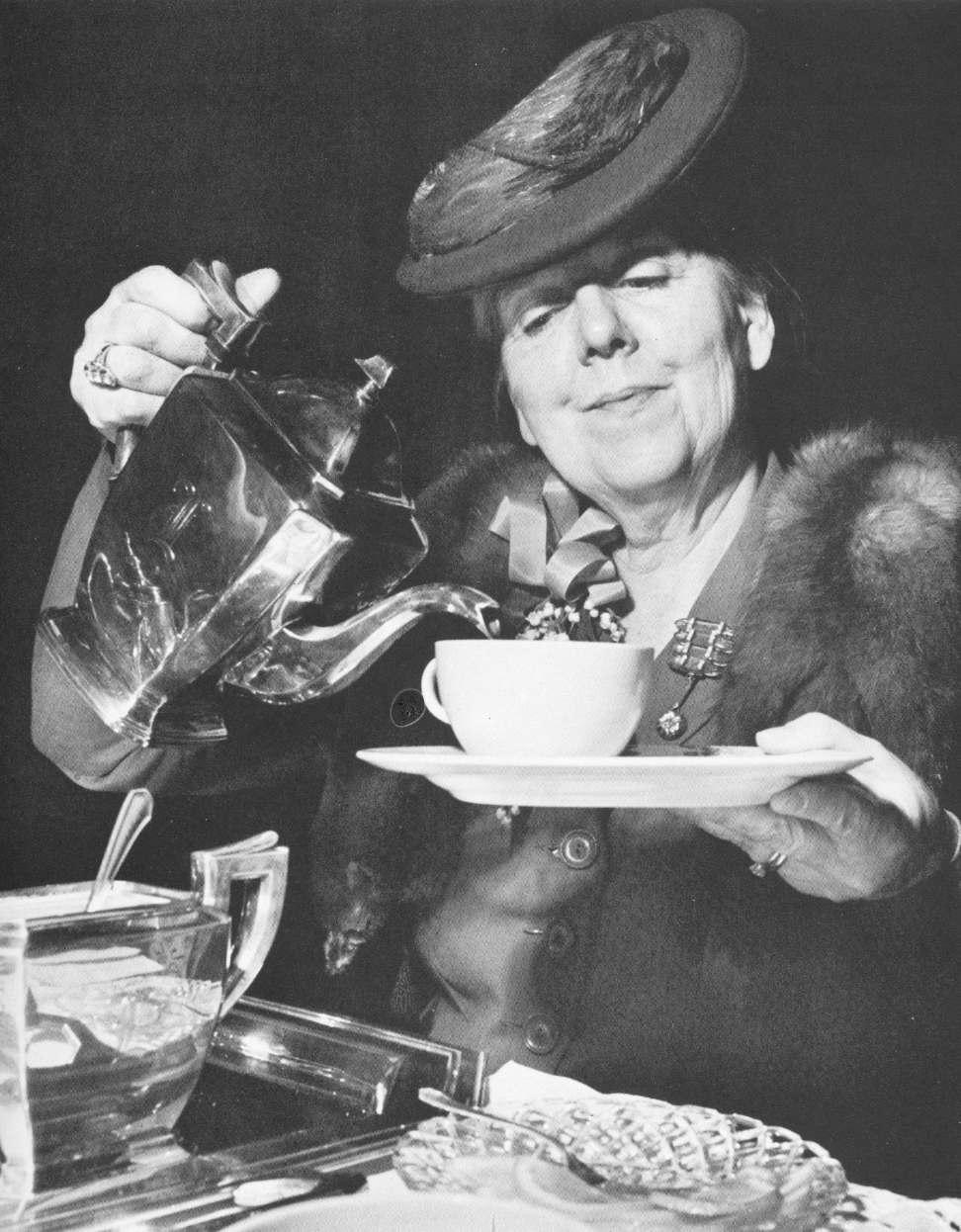
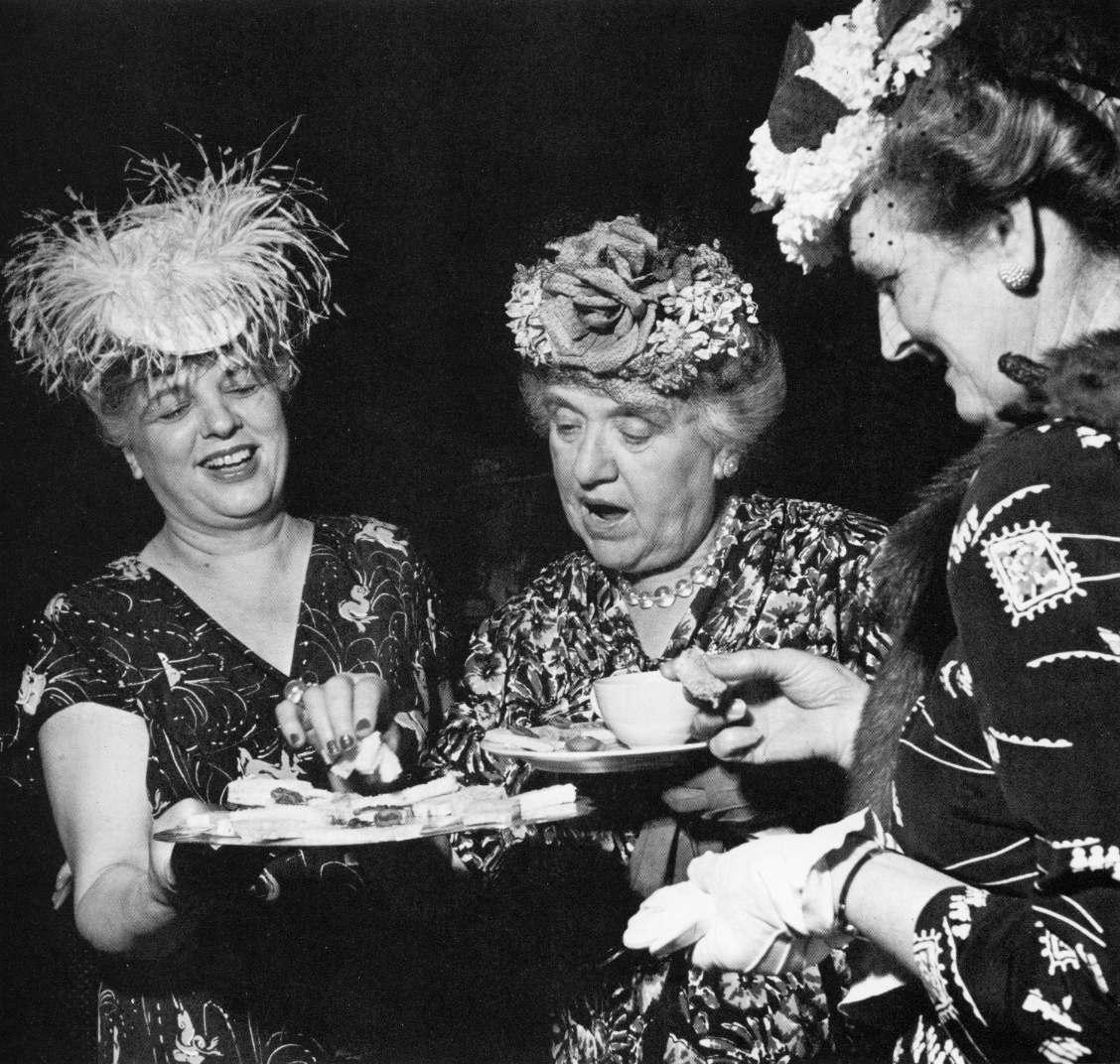
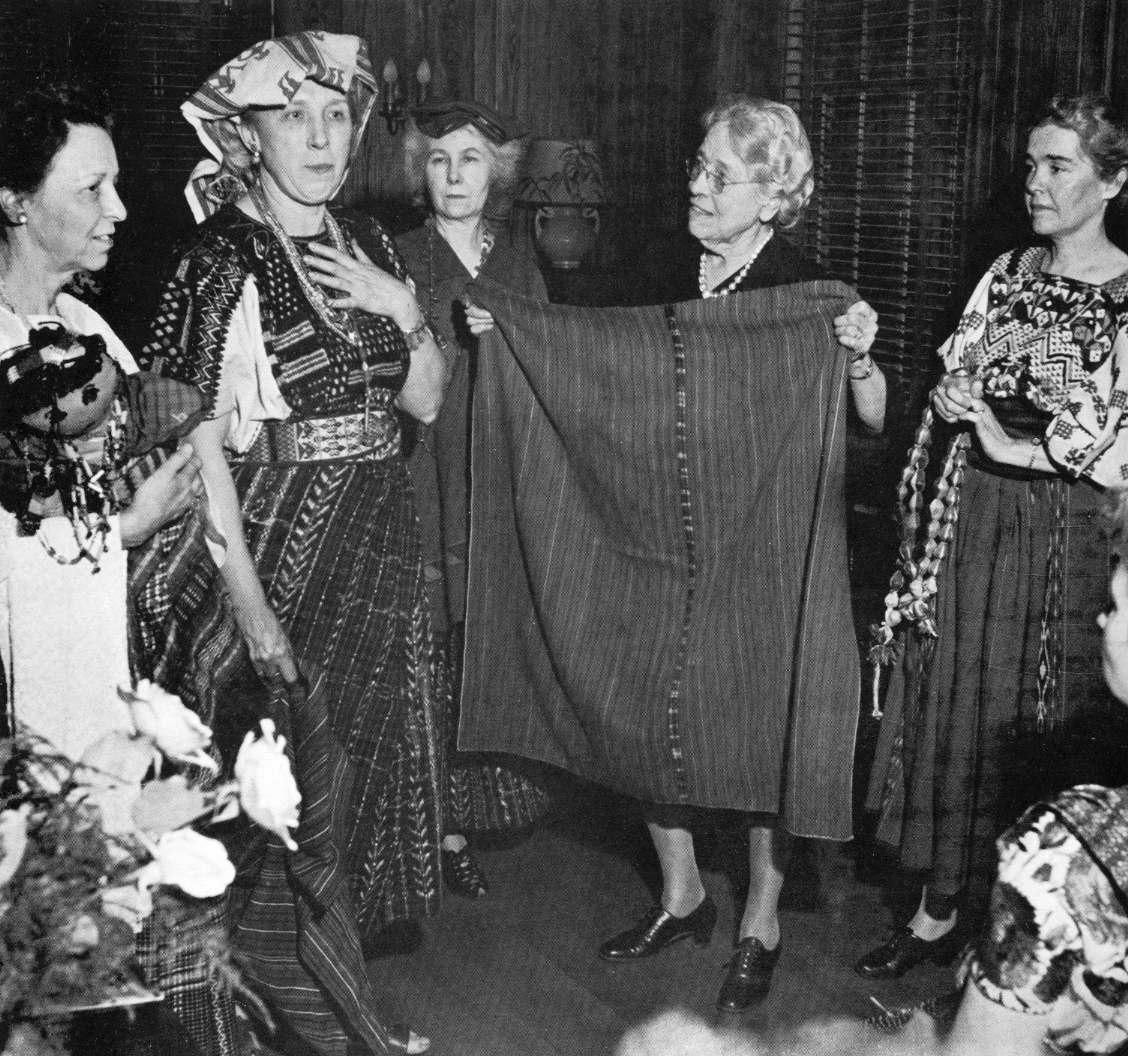
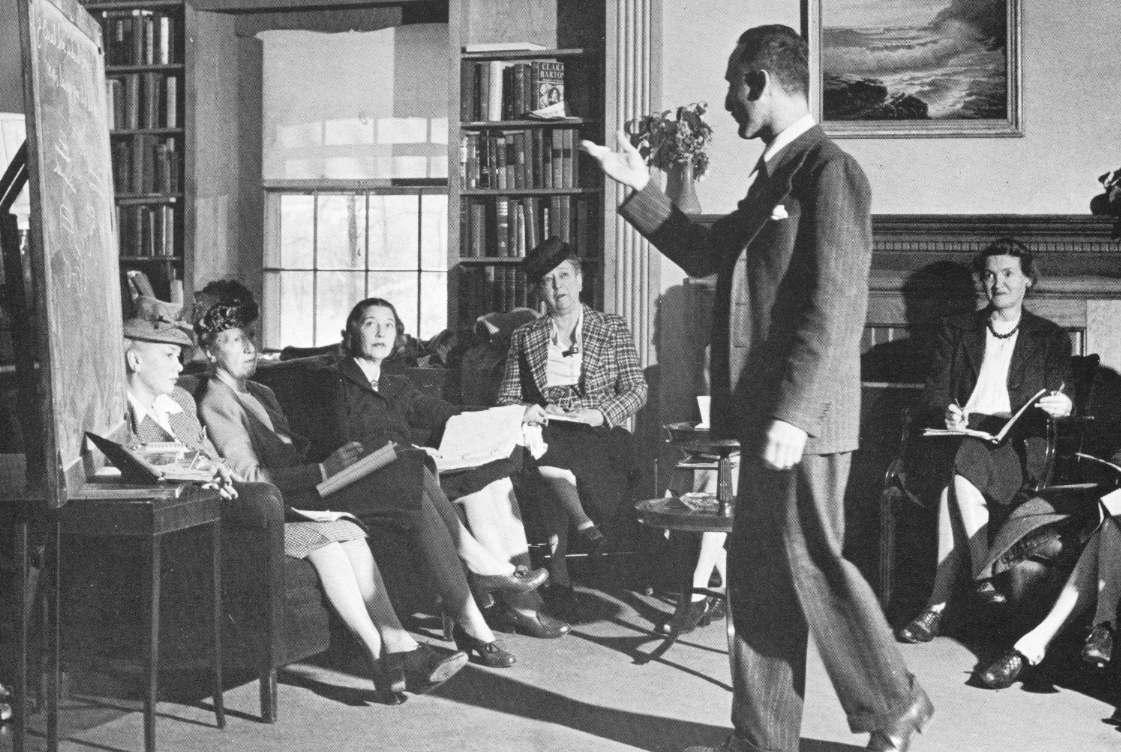
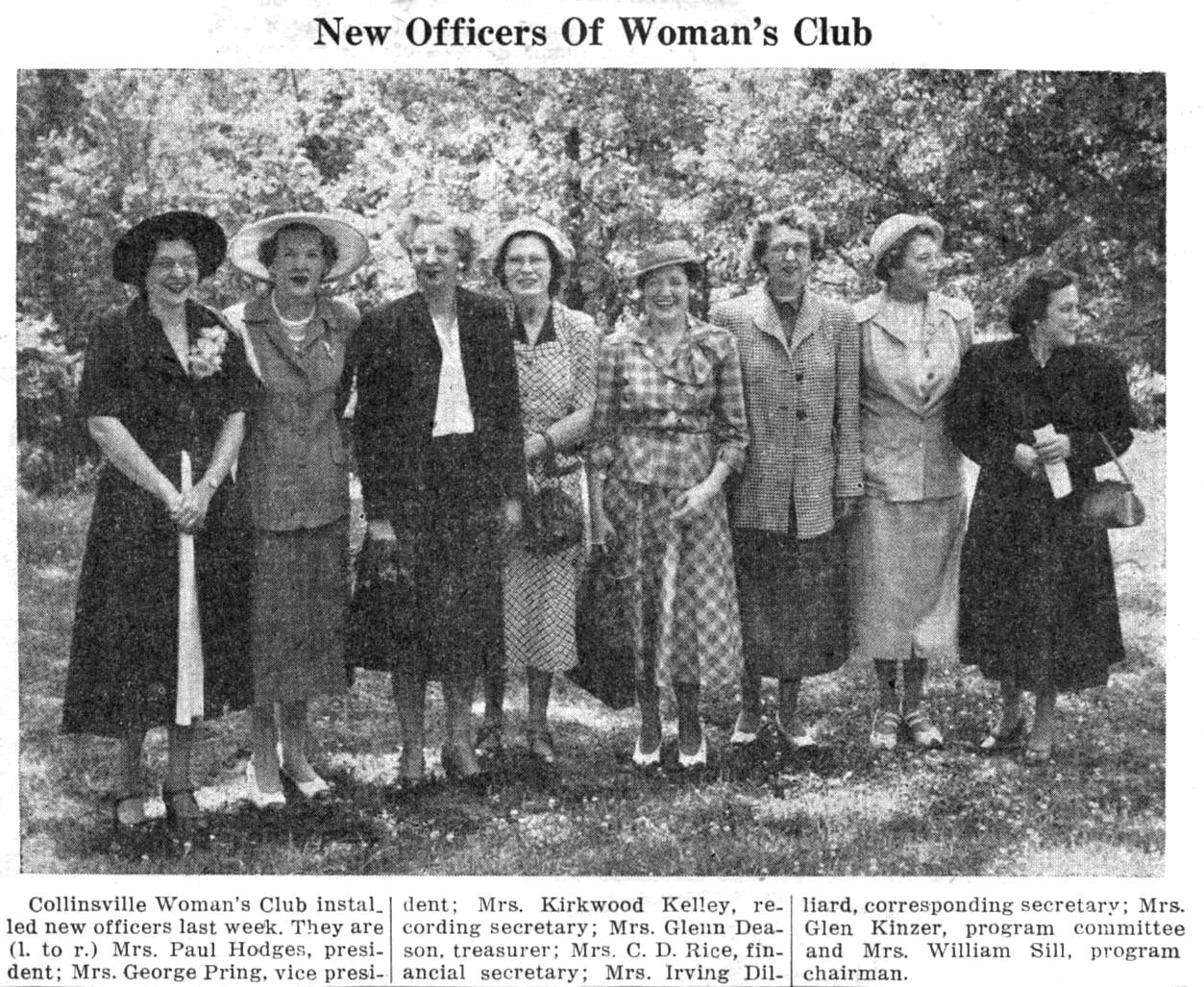
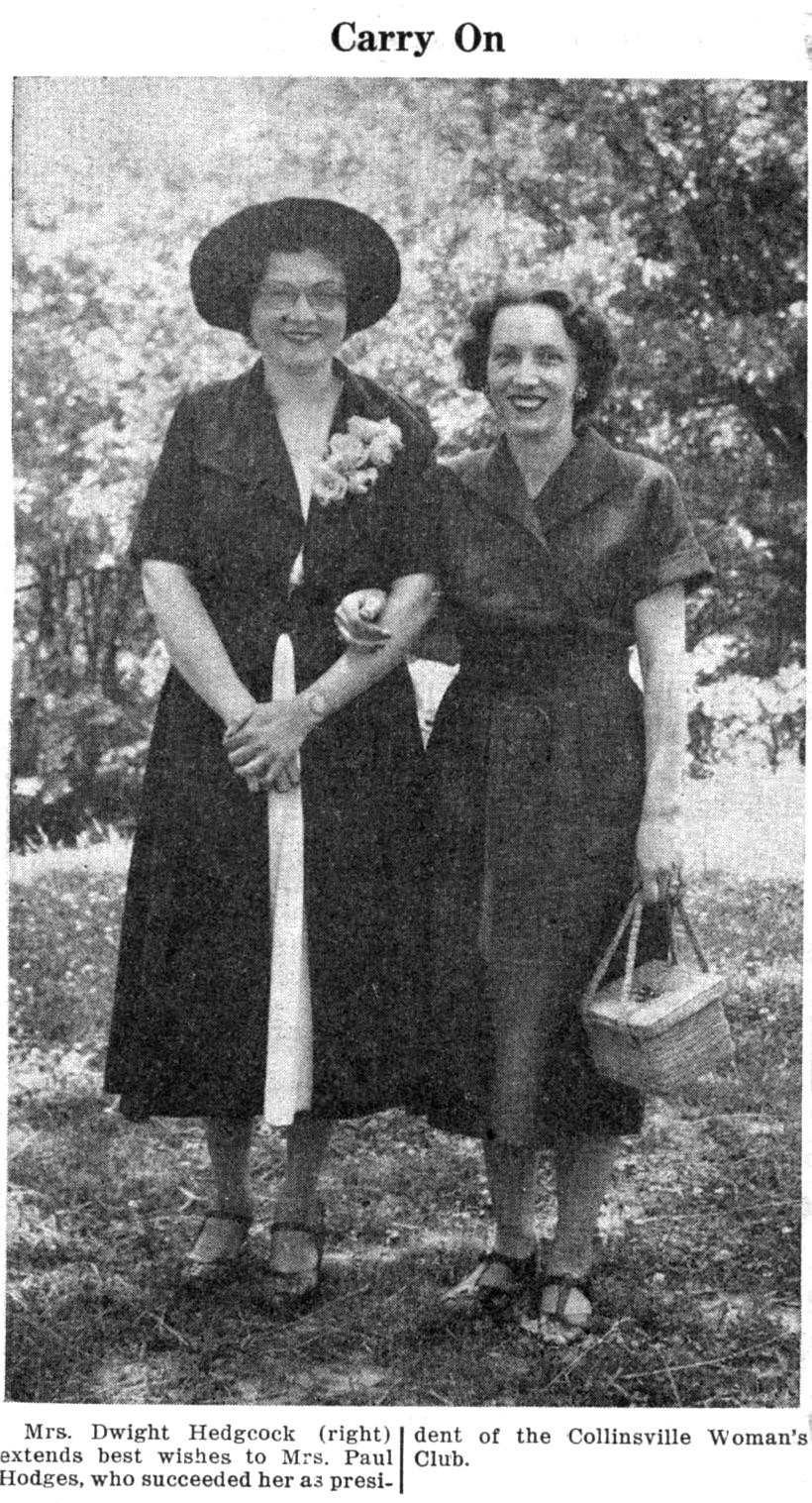

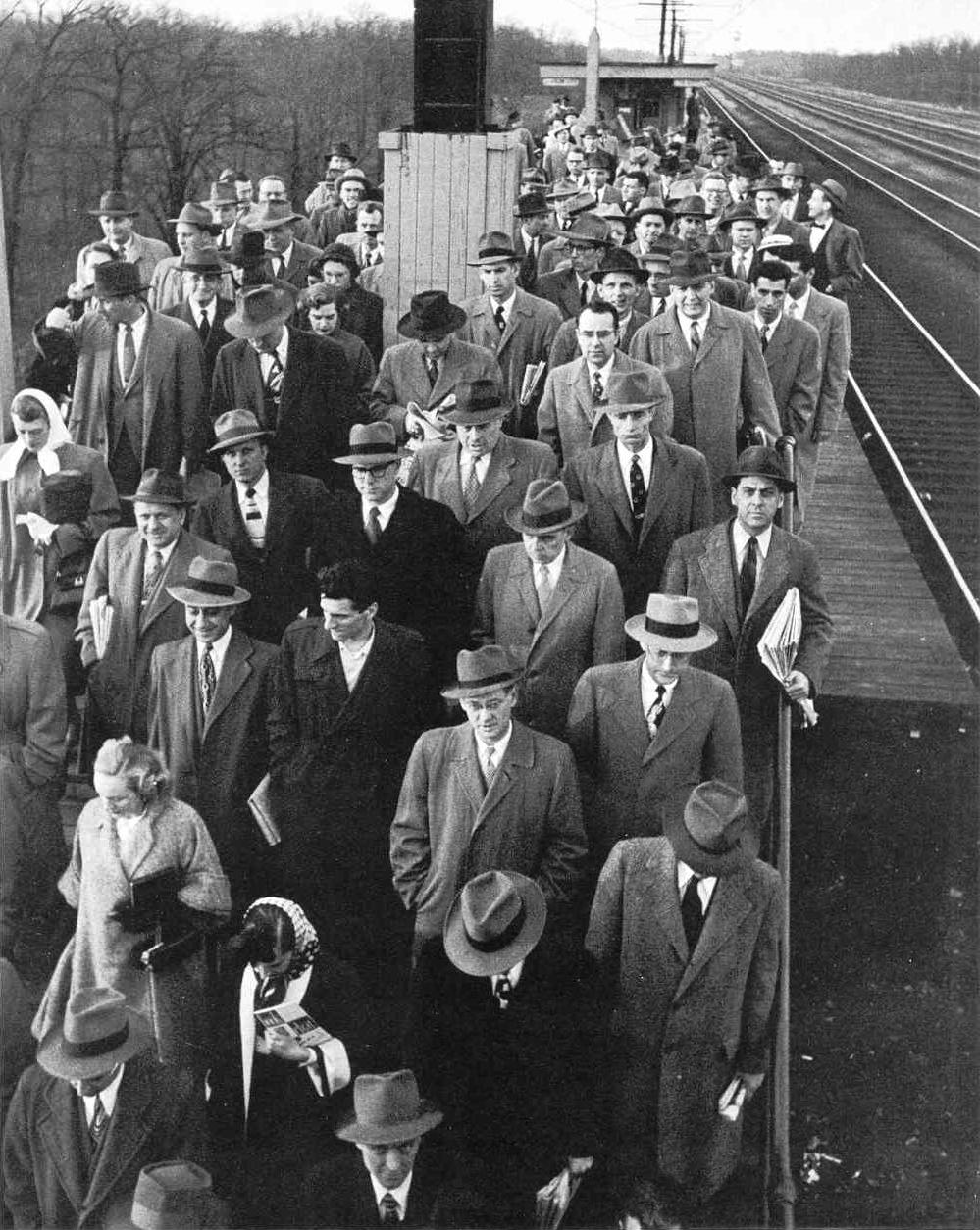
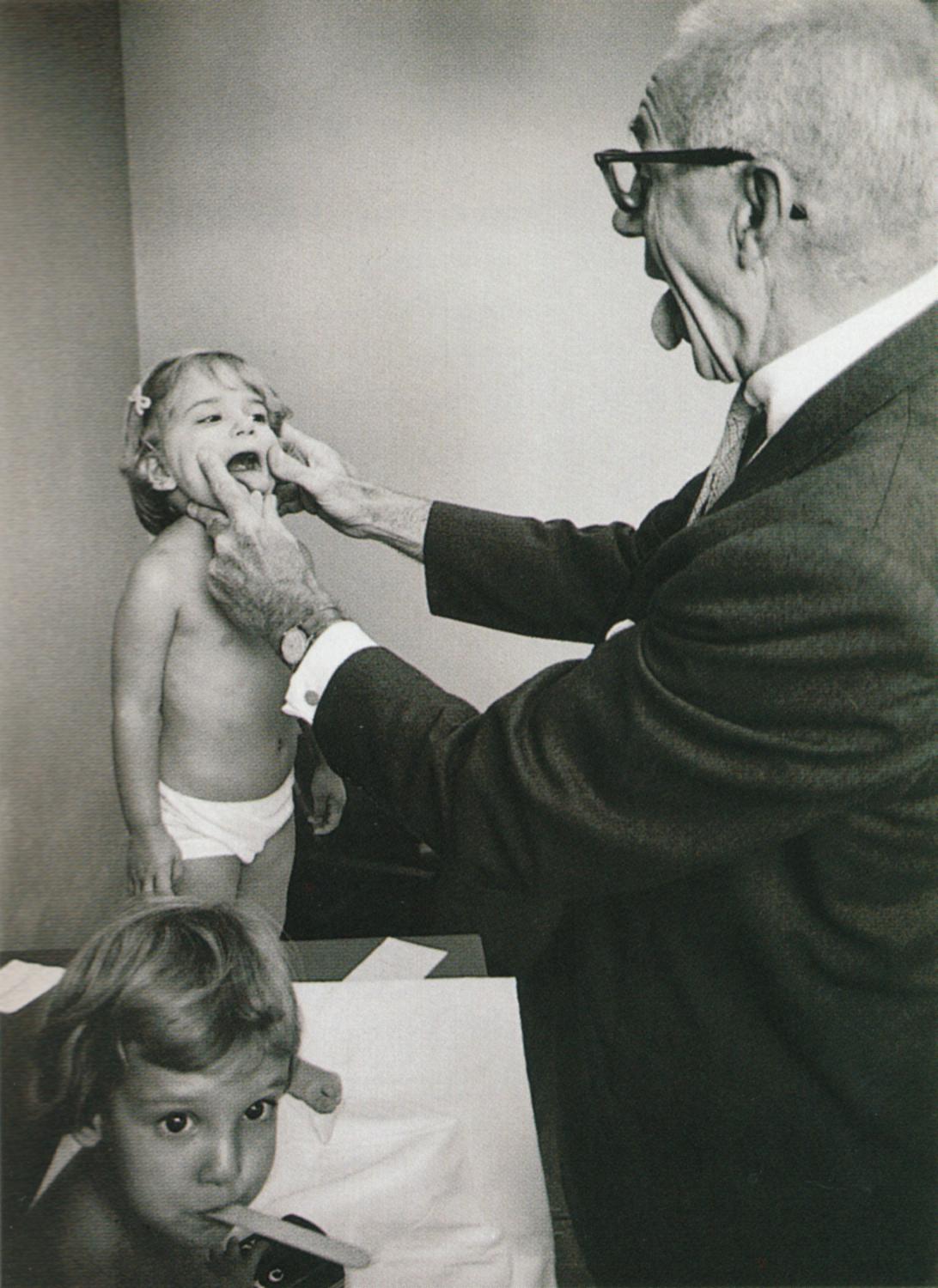
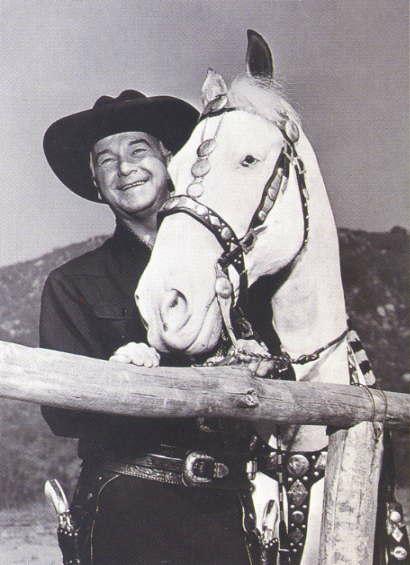
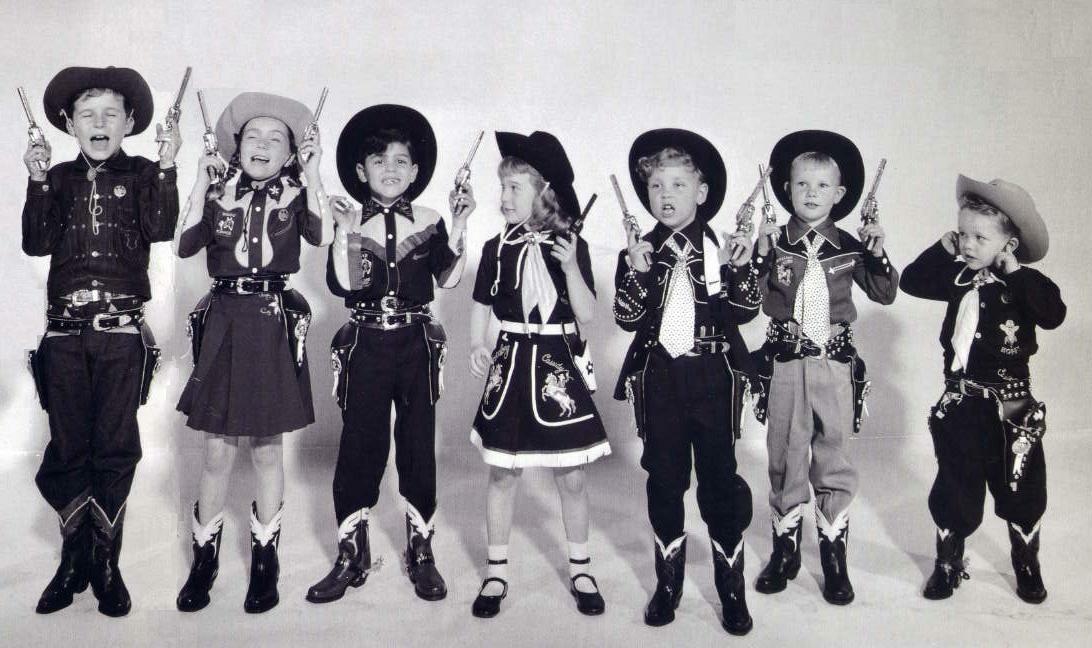
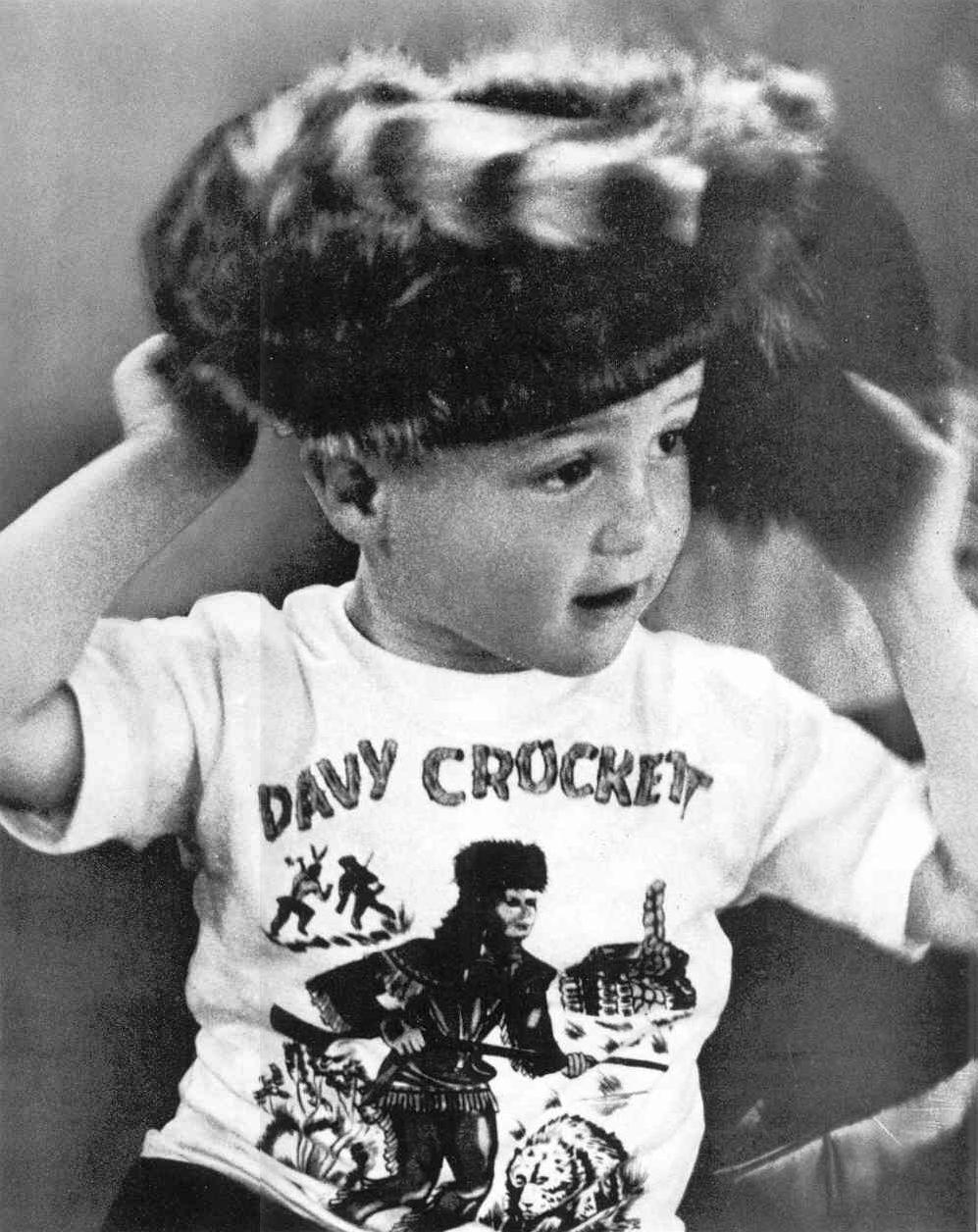
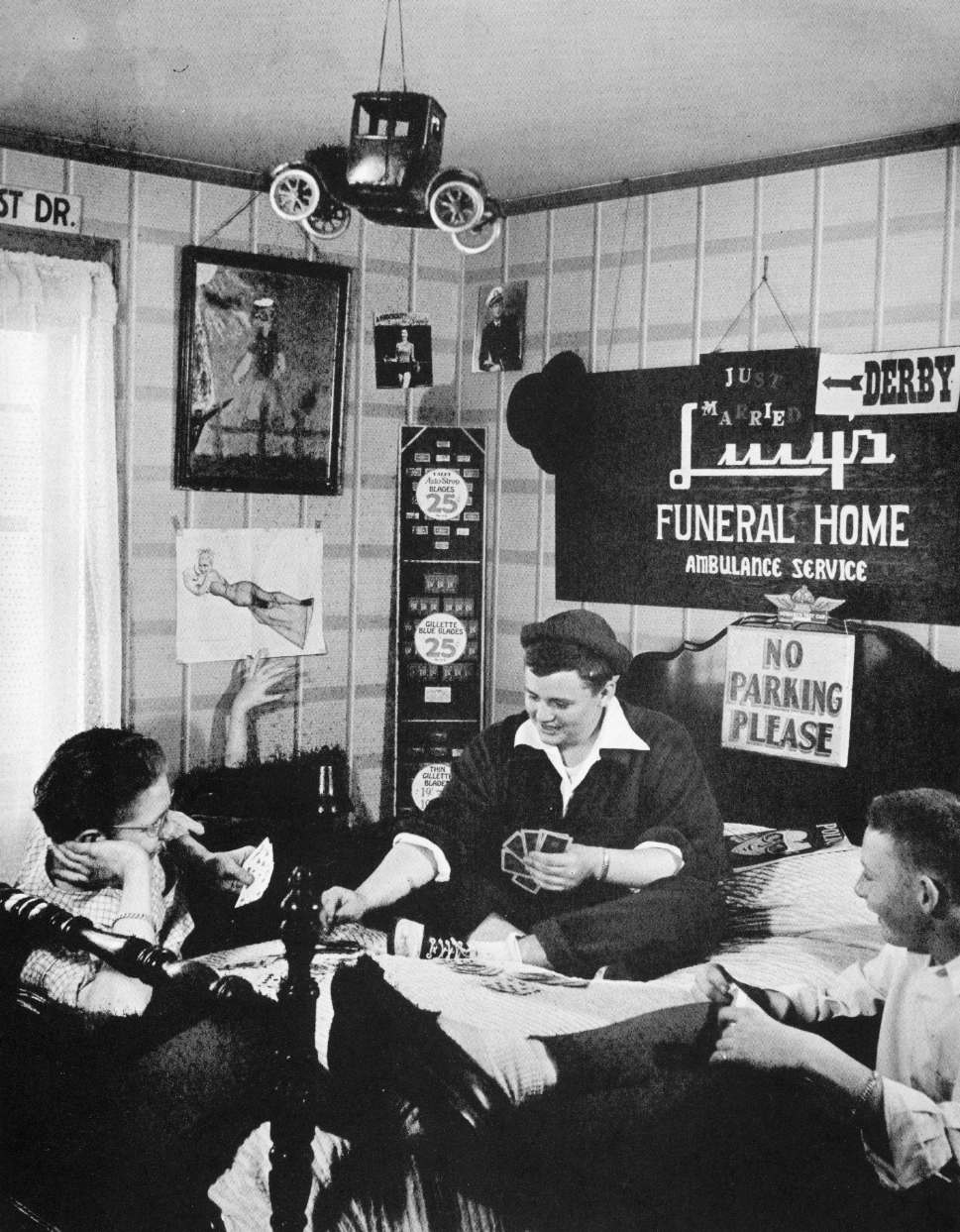

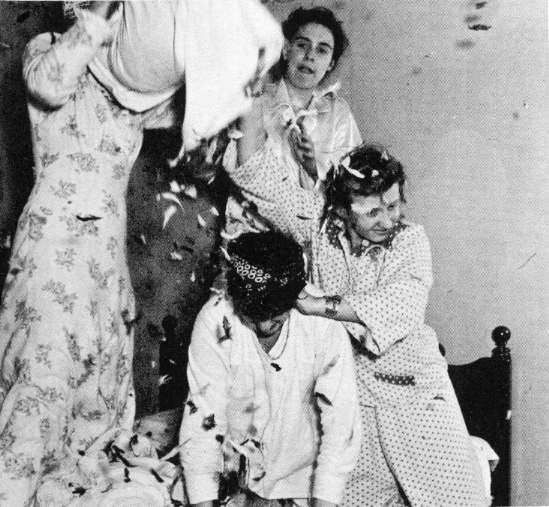
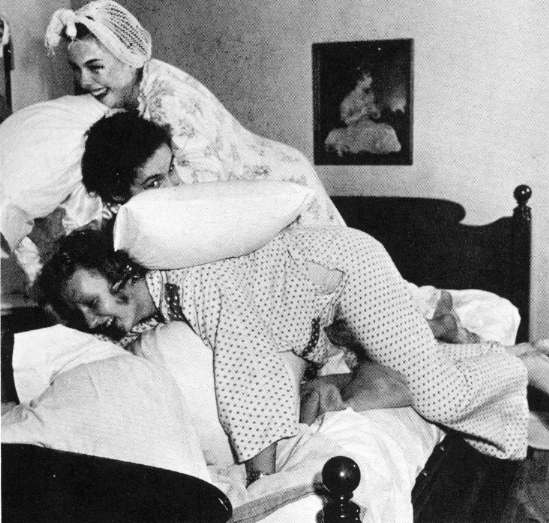
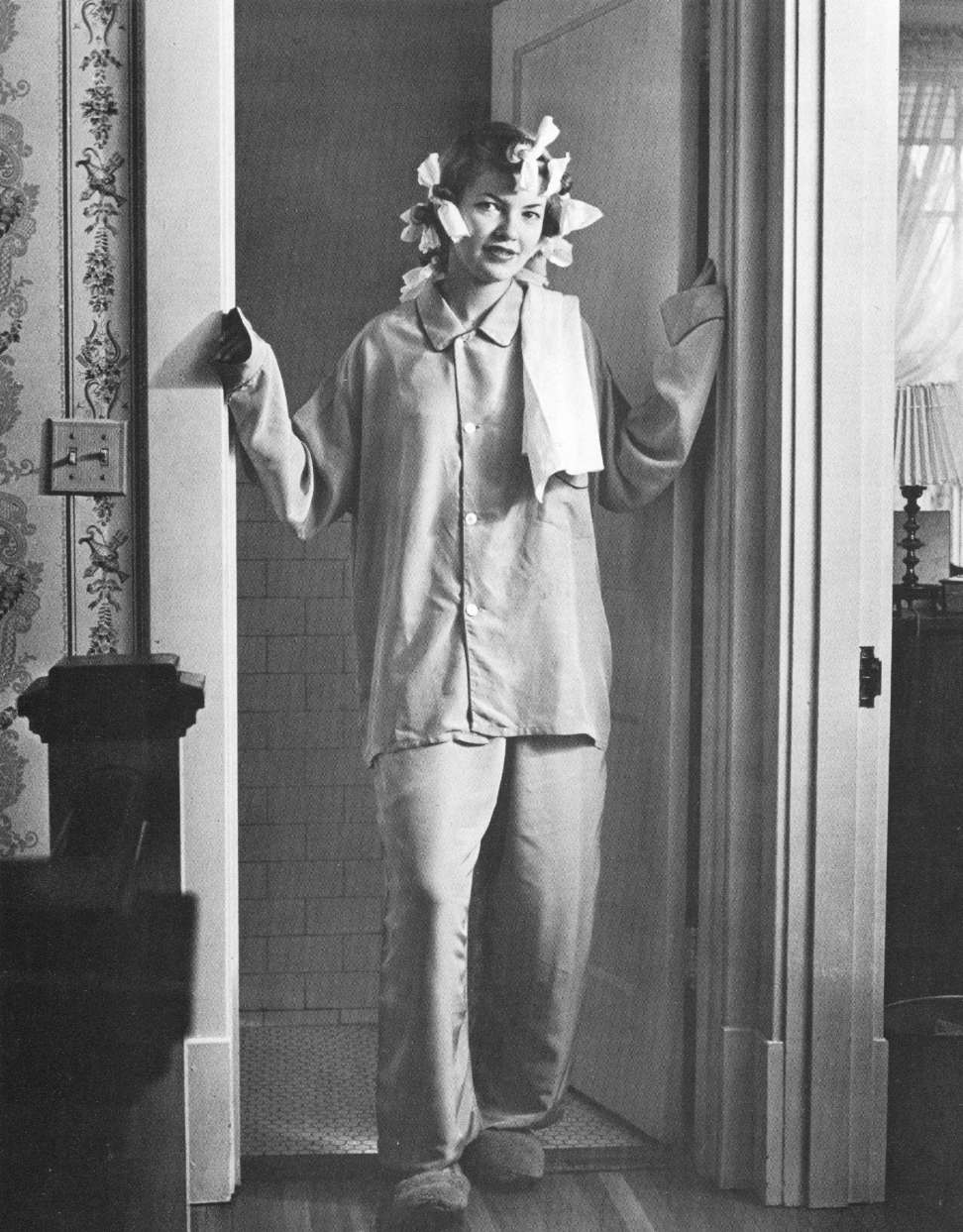
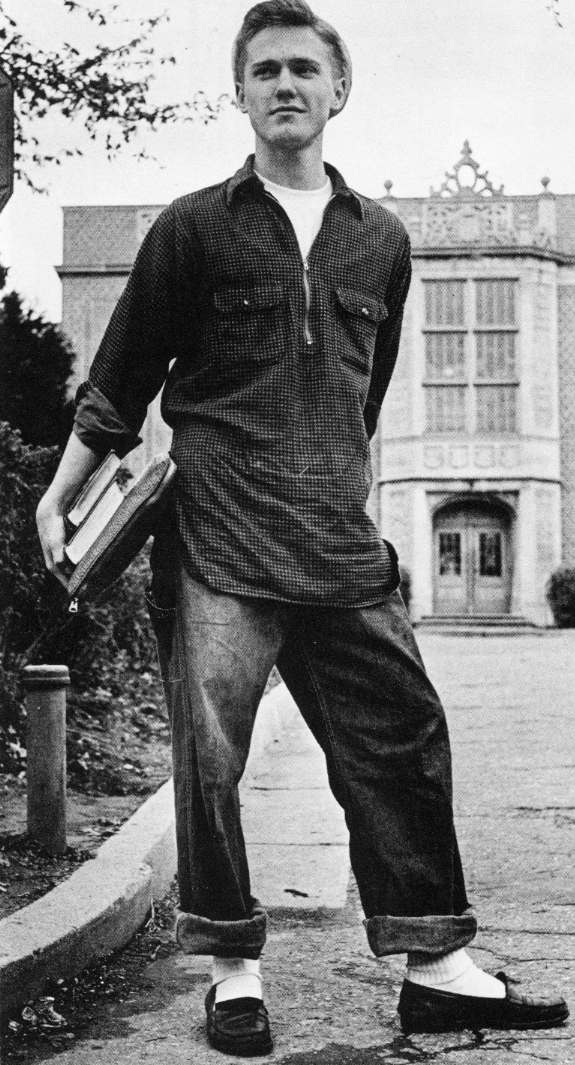
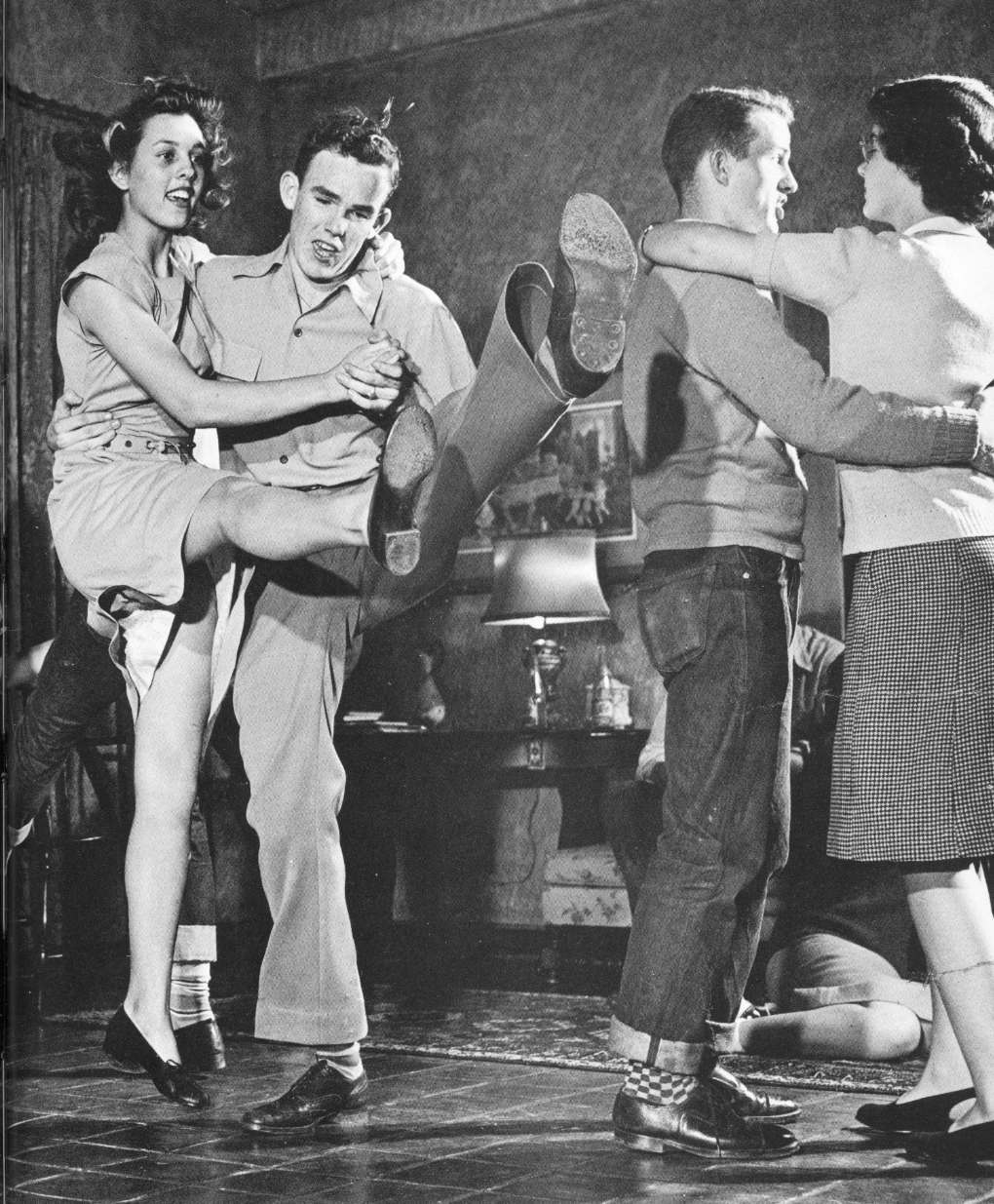
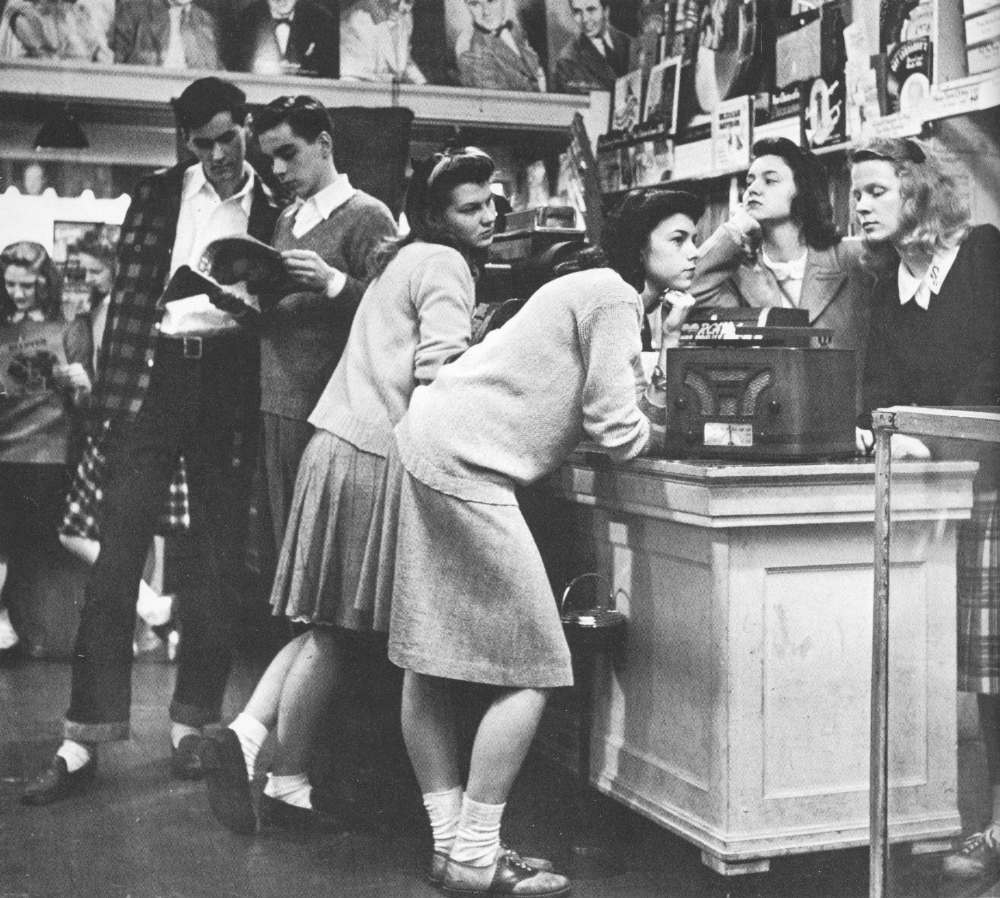
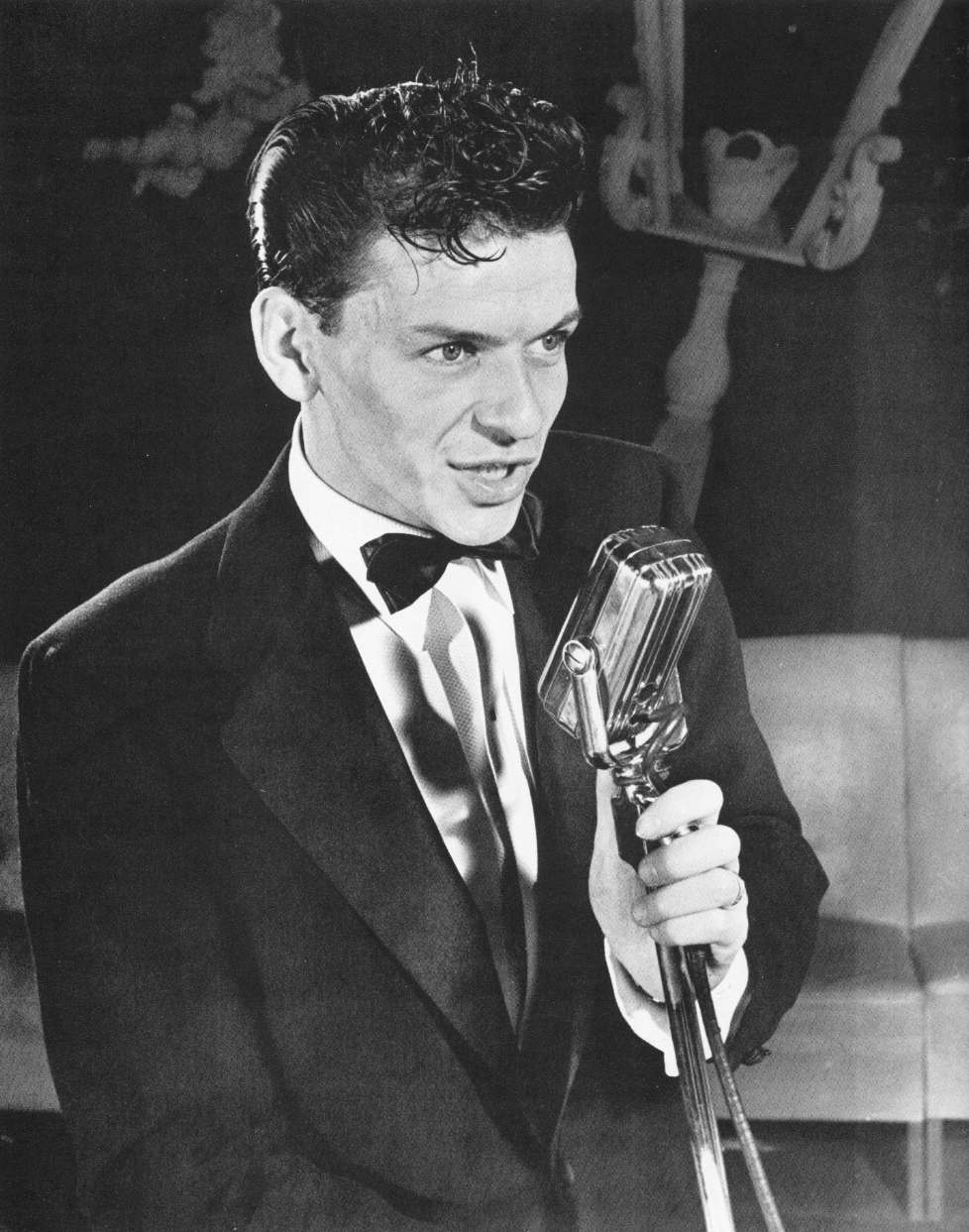
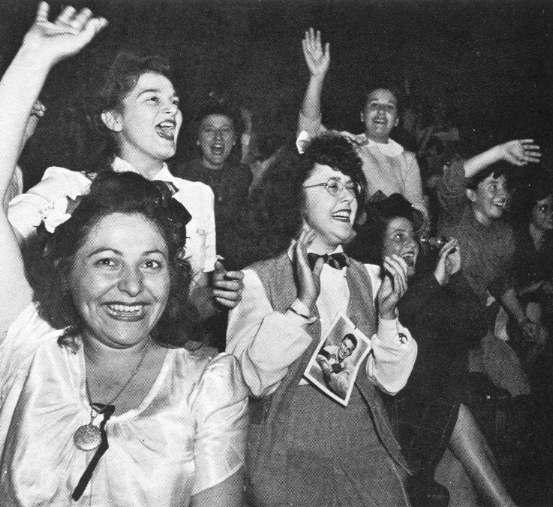
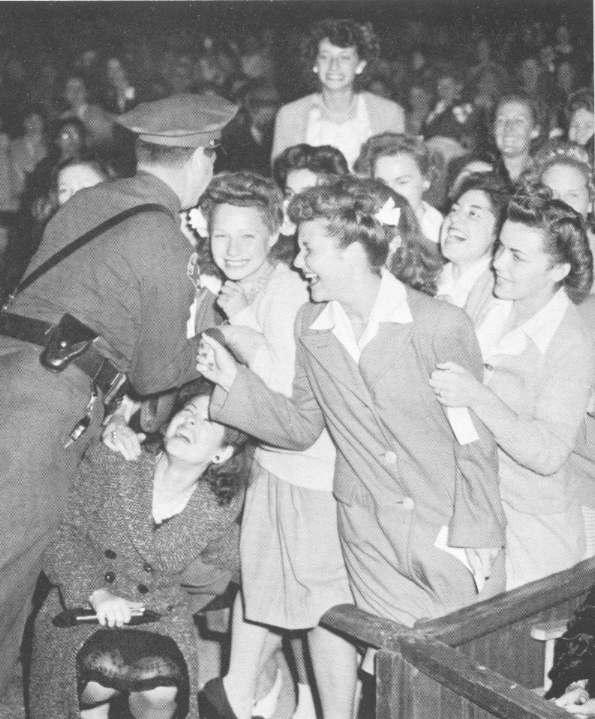
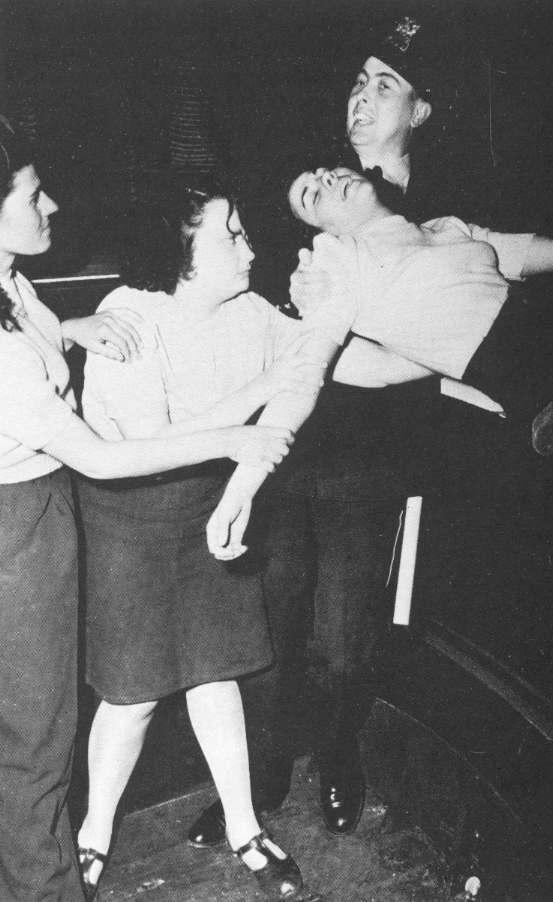
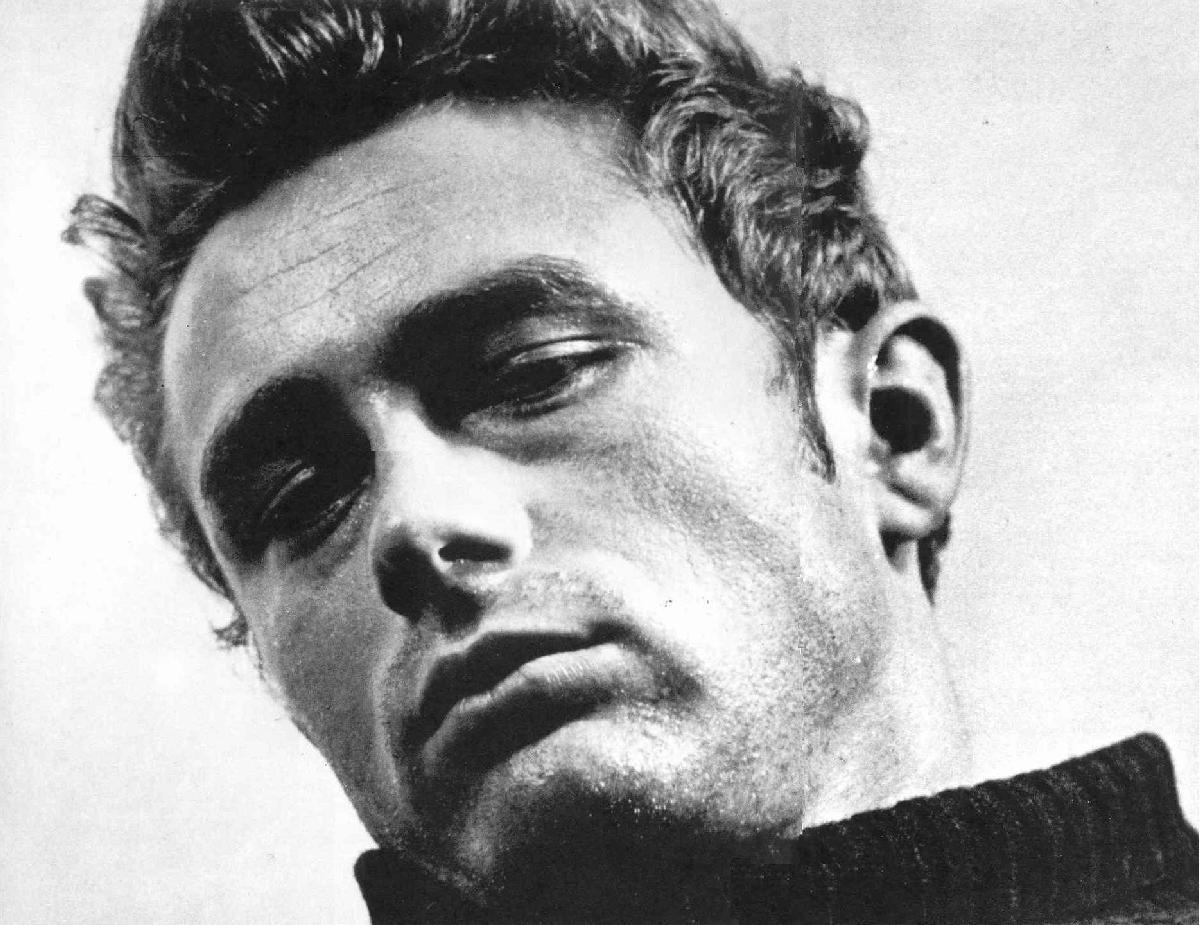
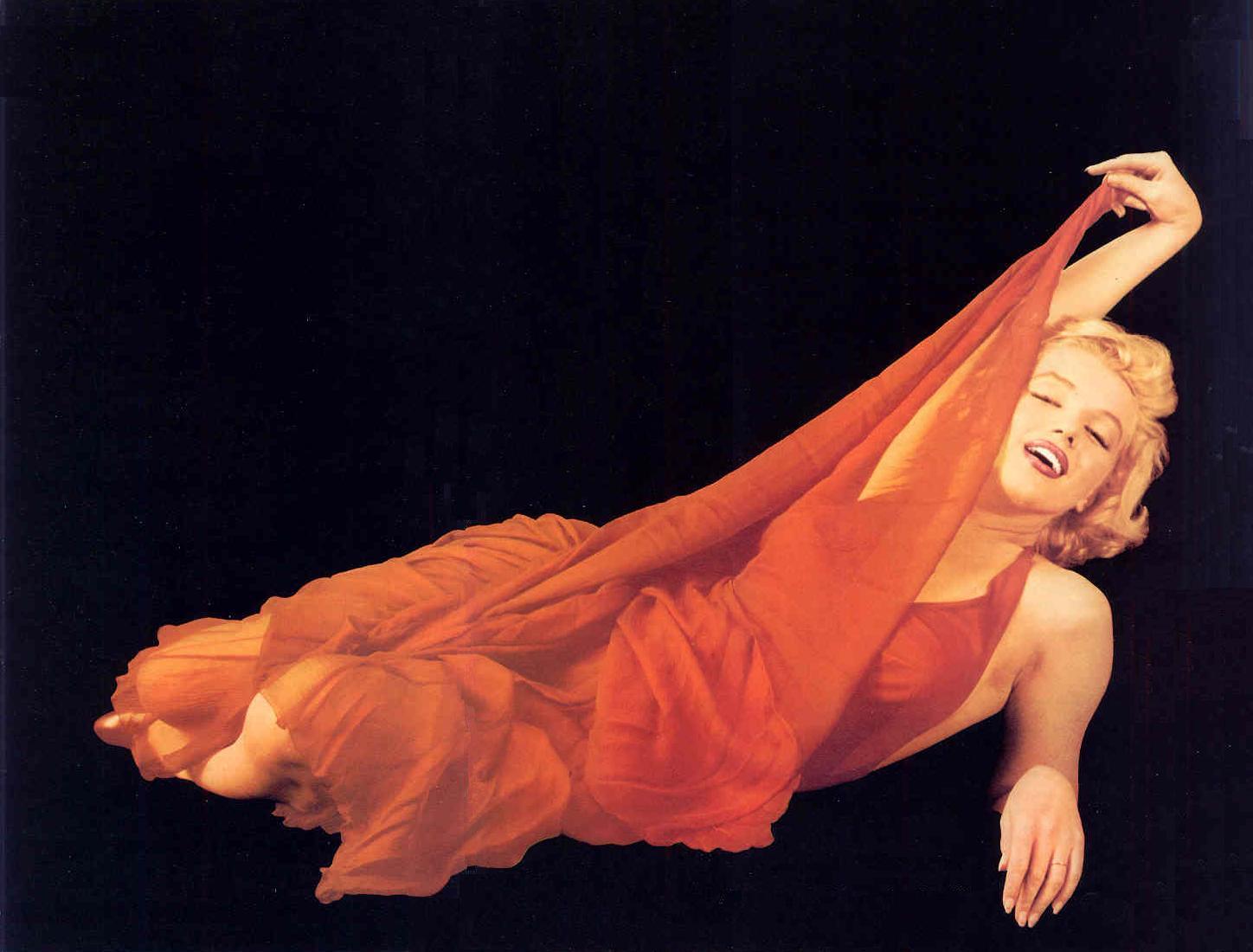
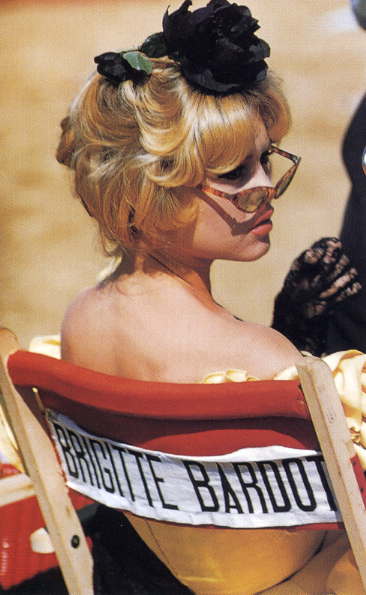
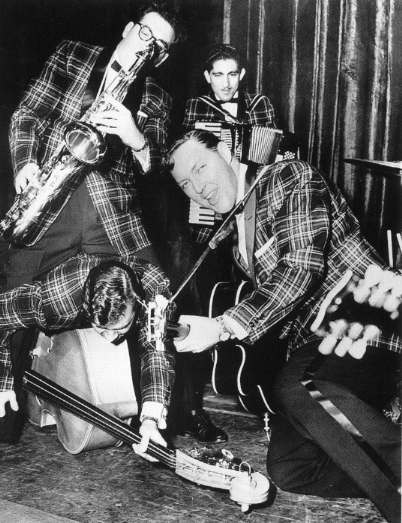
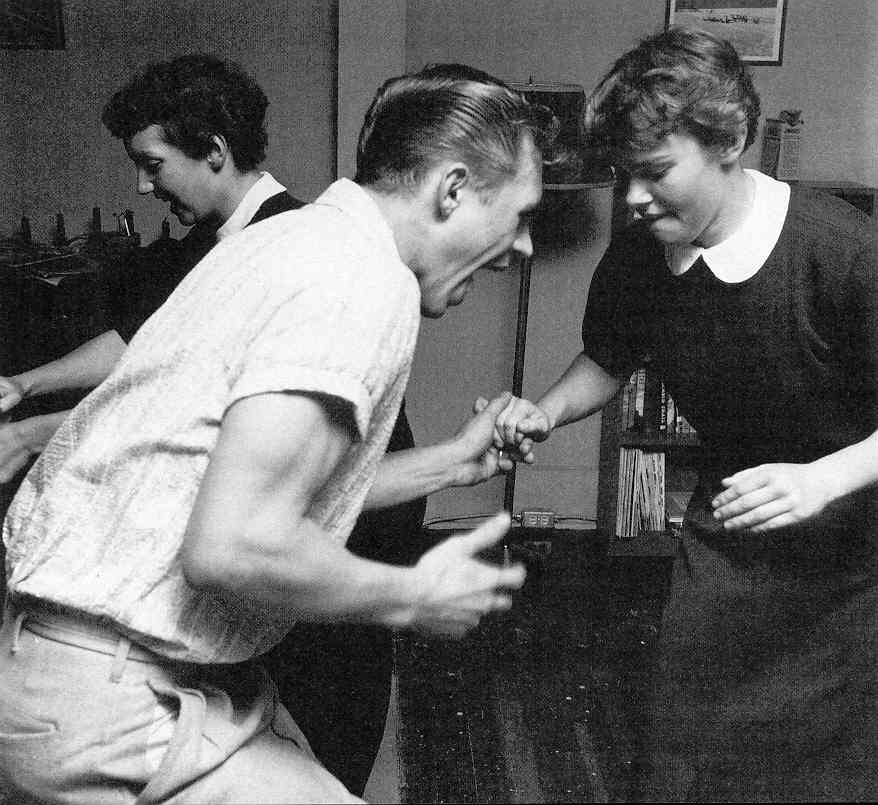
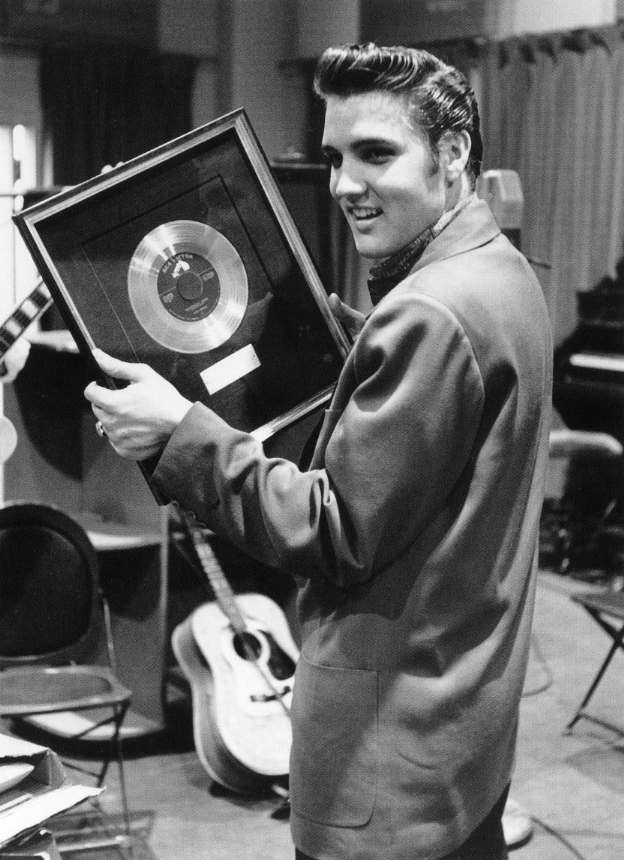
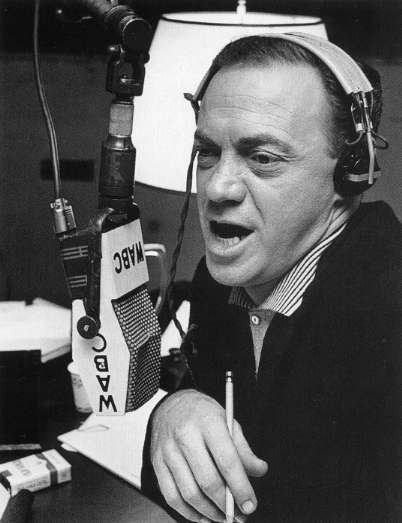
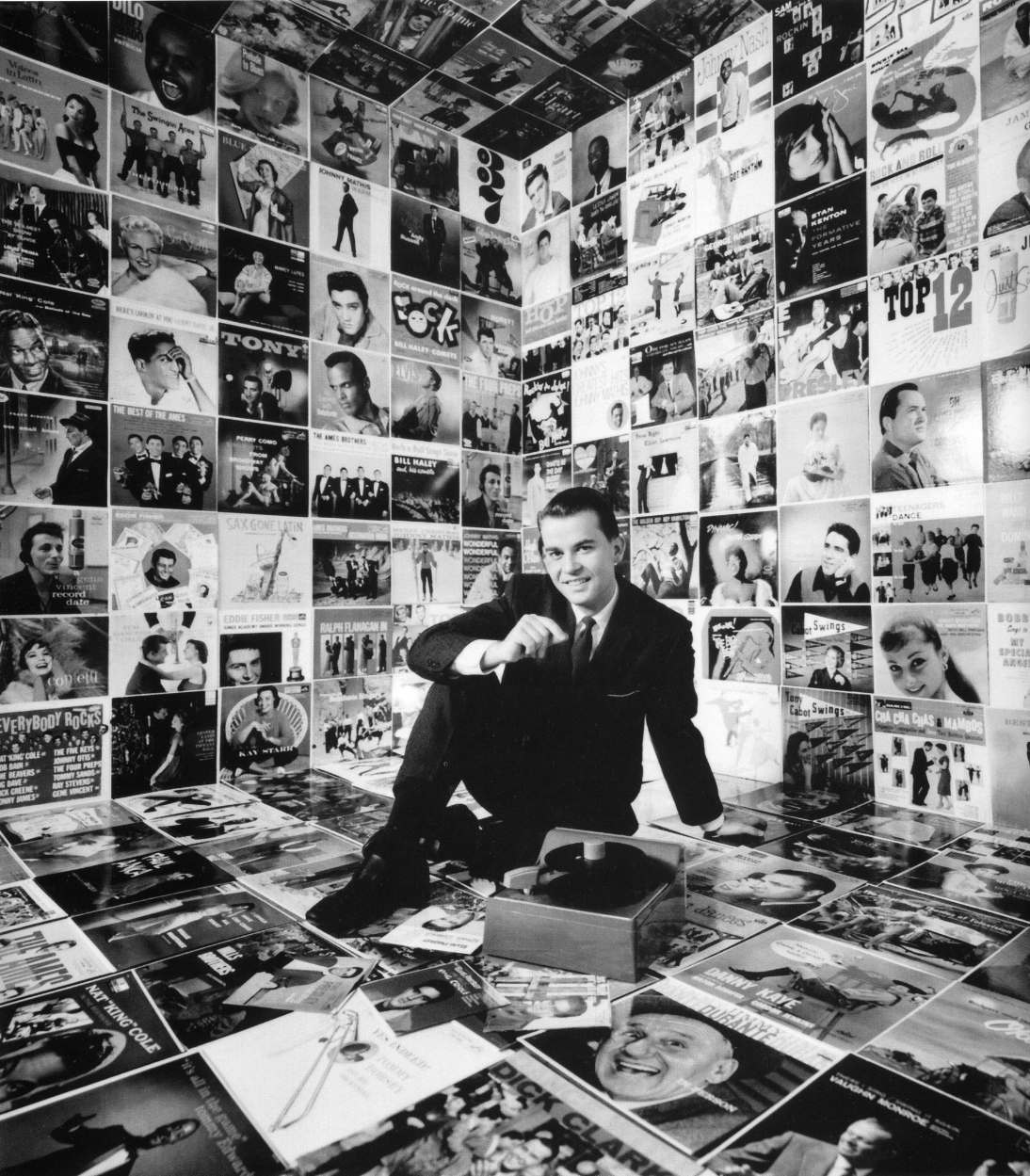
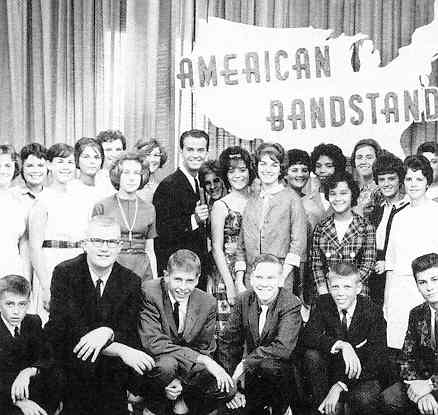
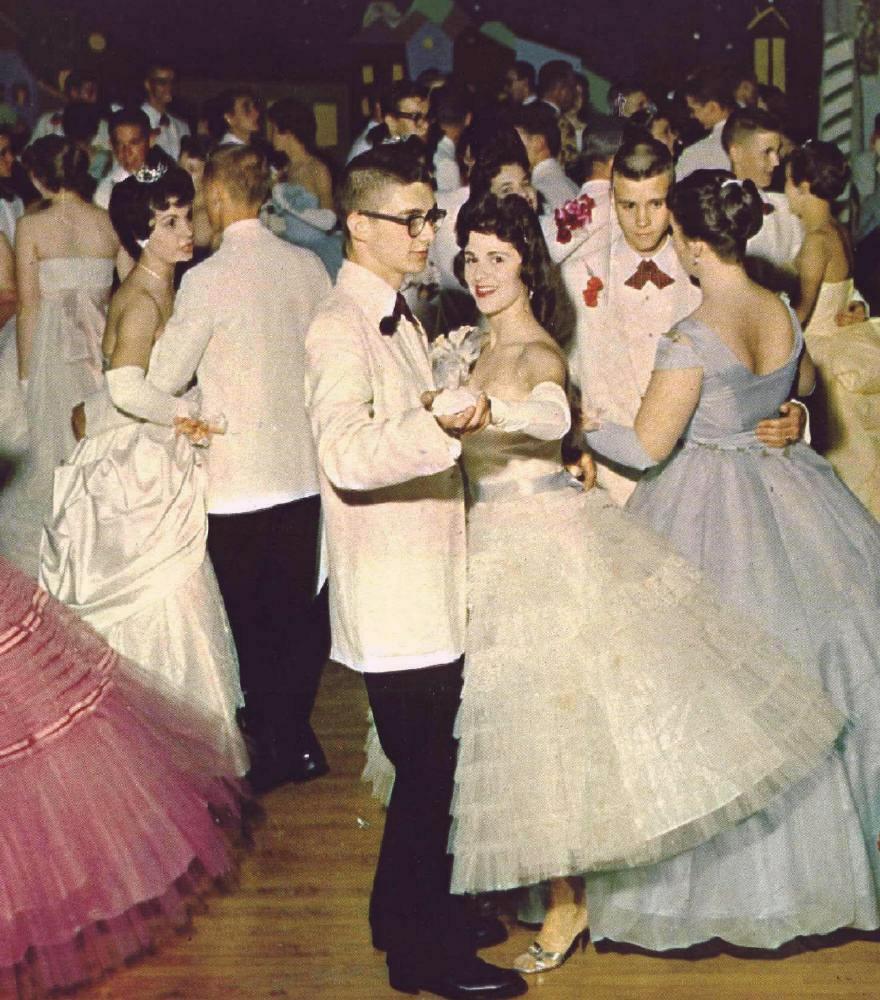
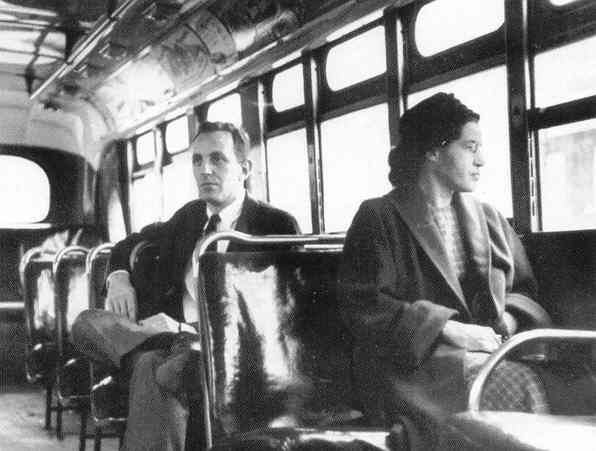
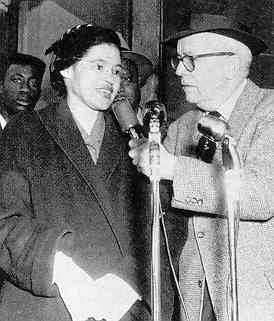
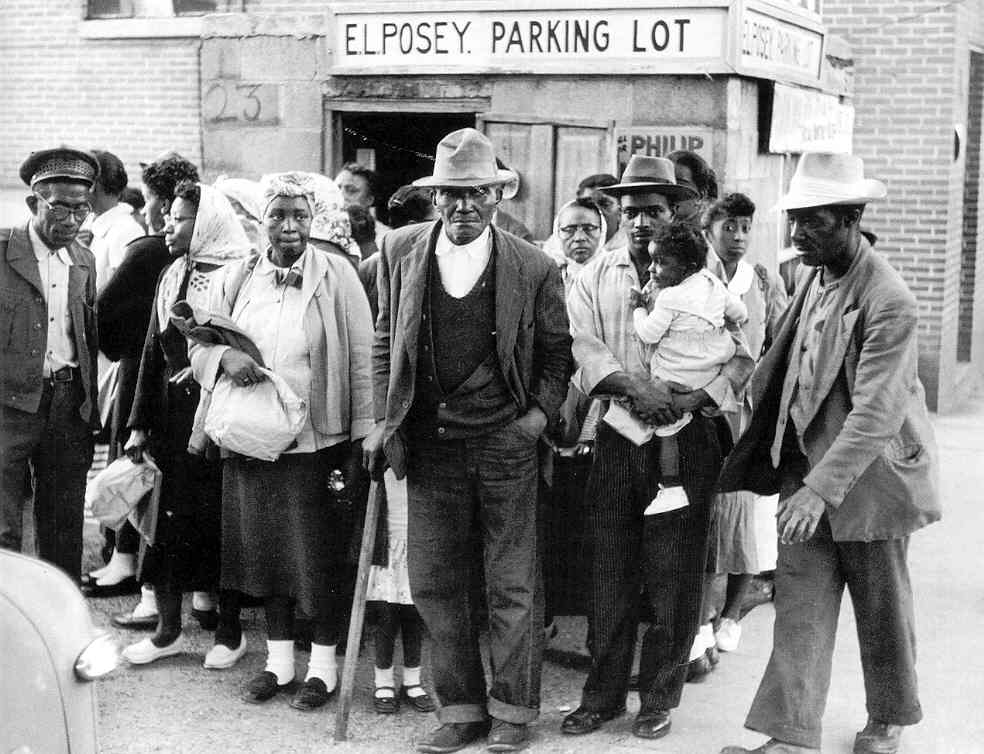
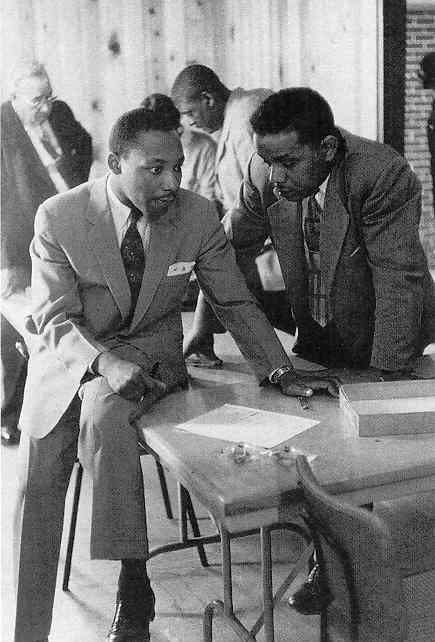
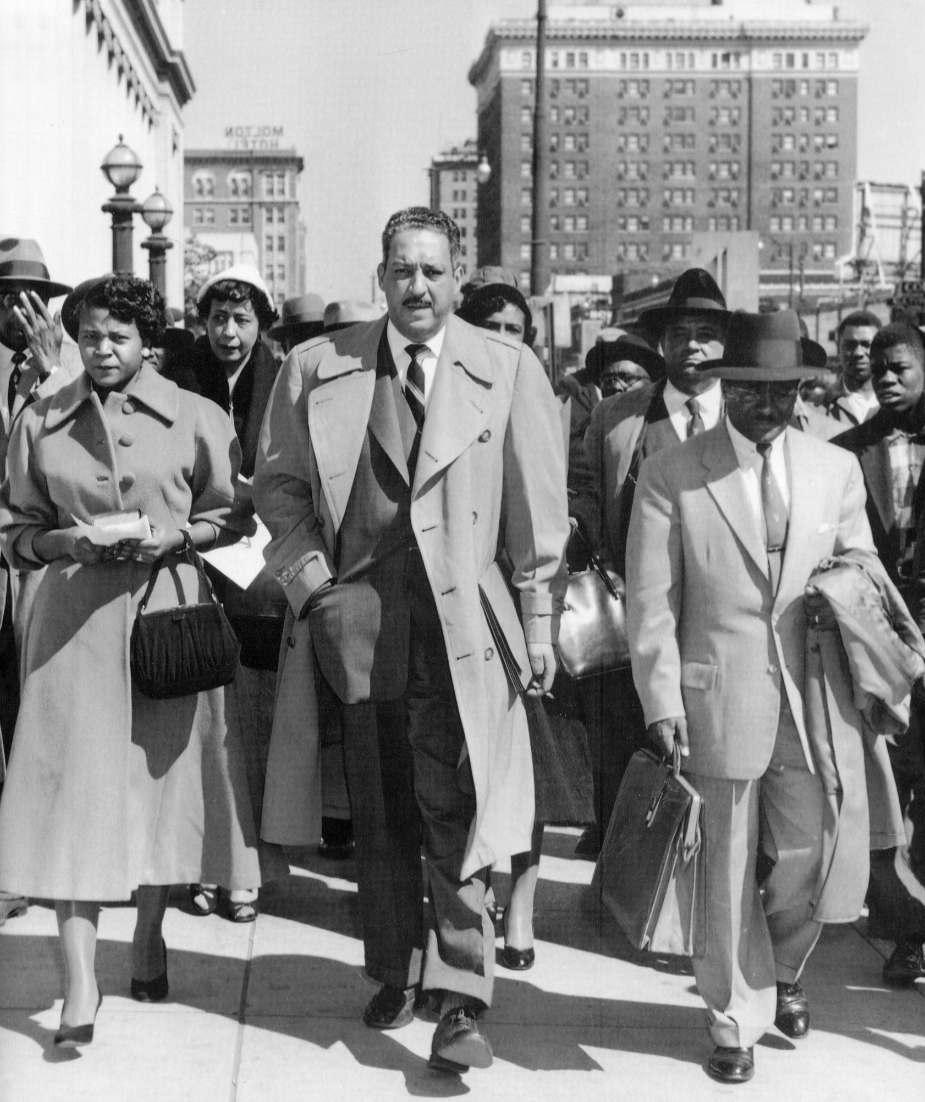
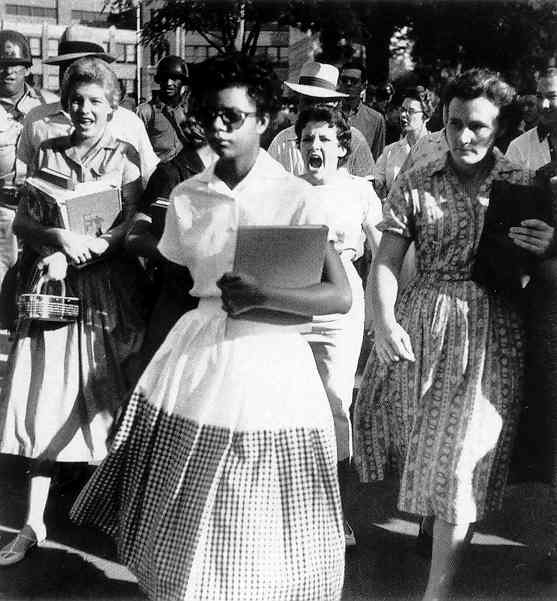
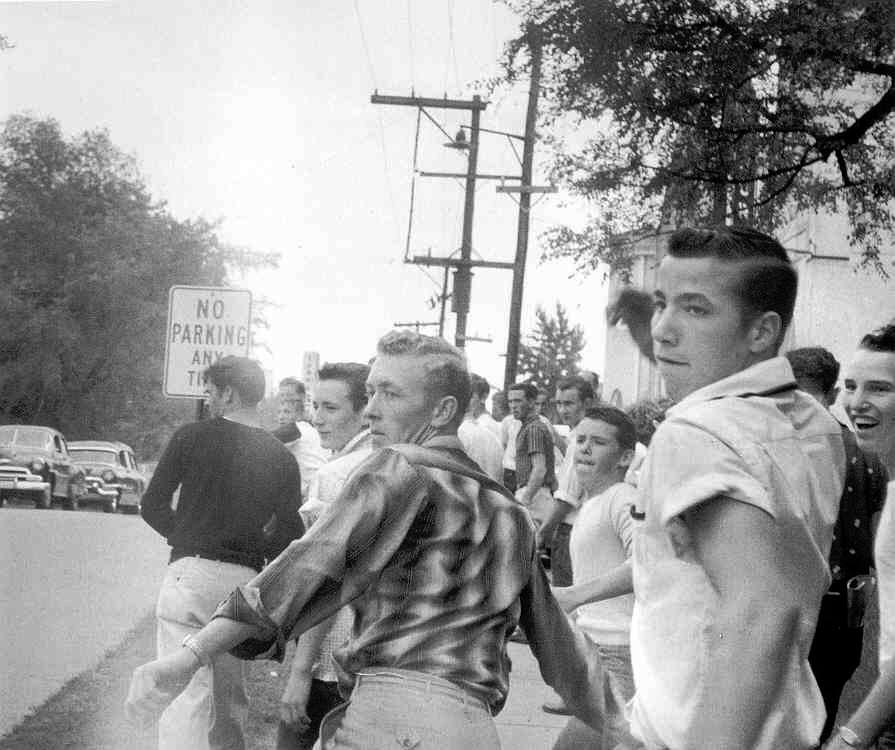
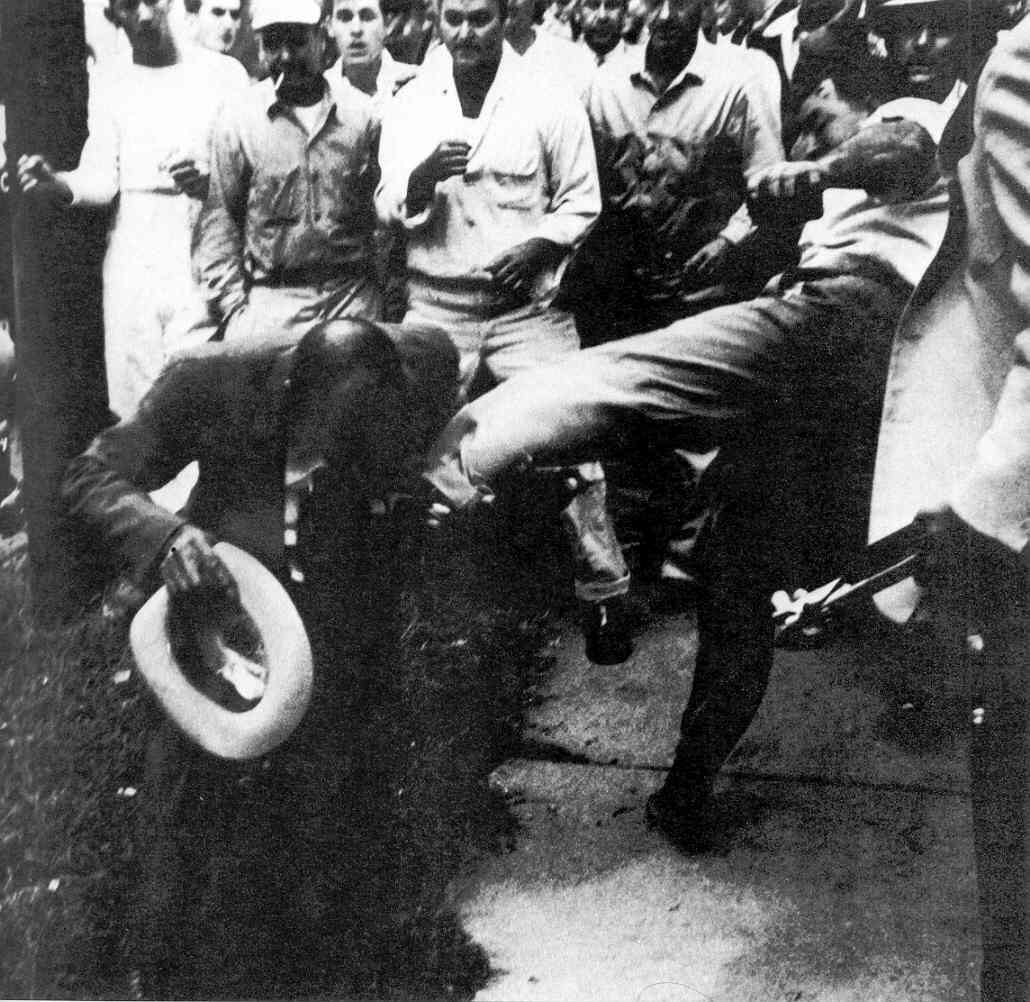
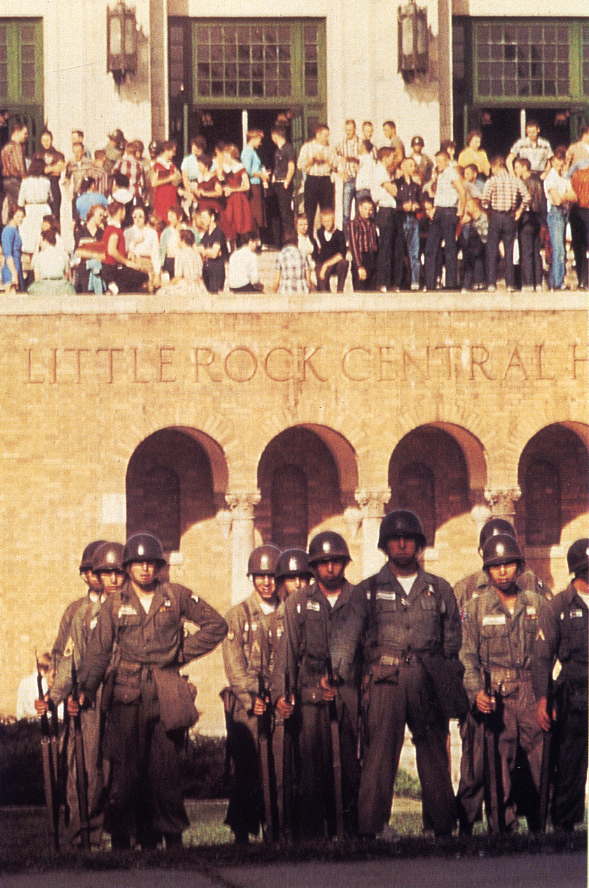
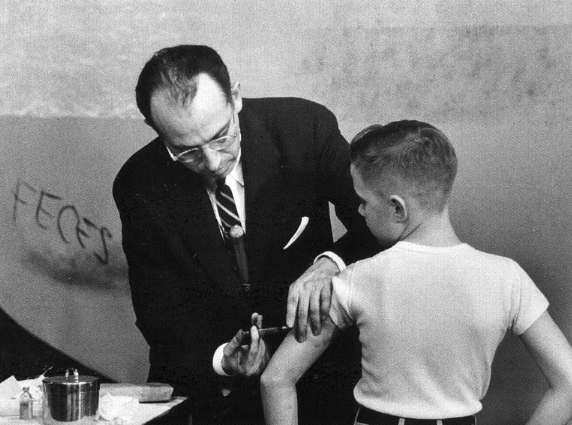

 Miles
H. Hodges
Miles
H. Hodges